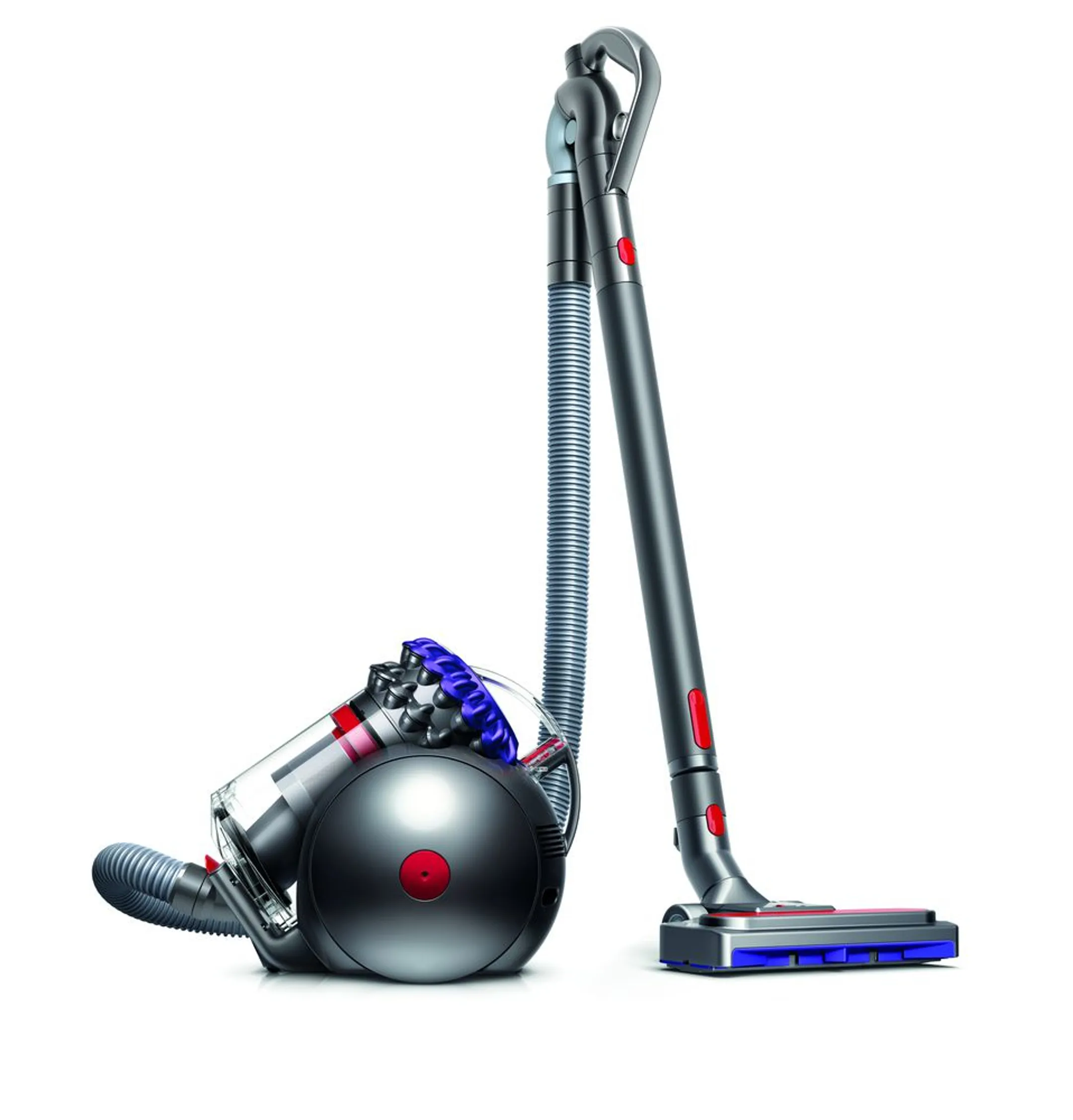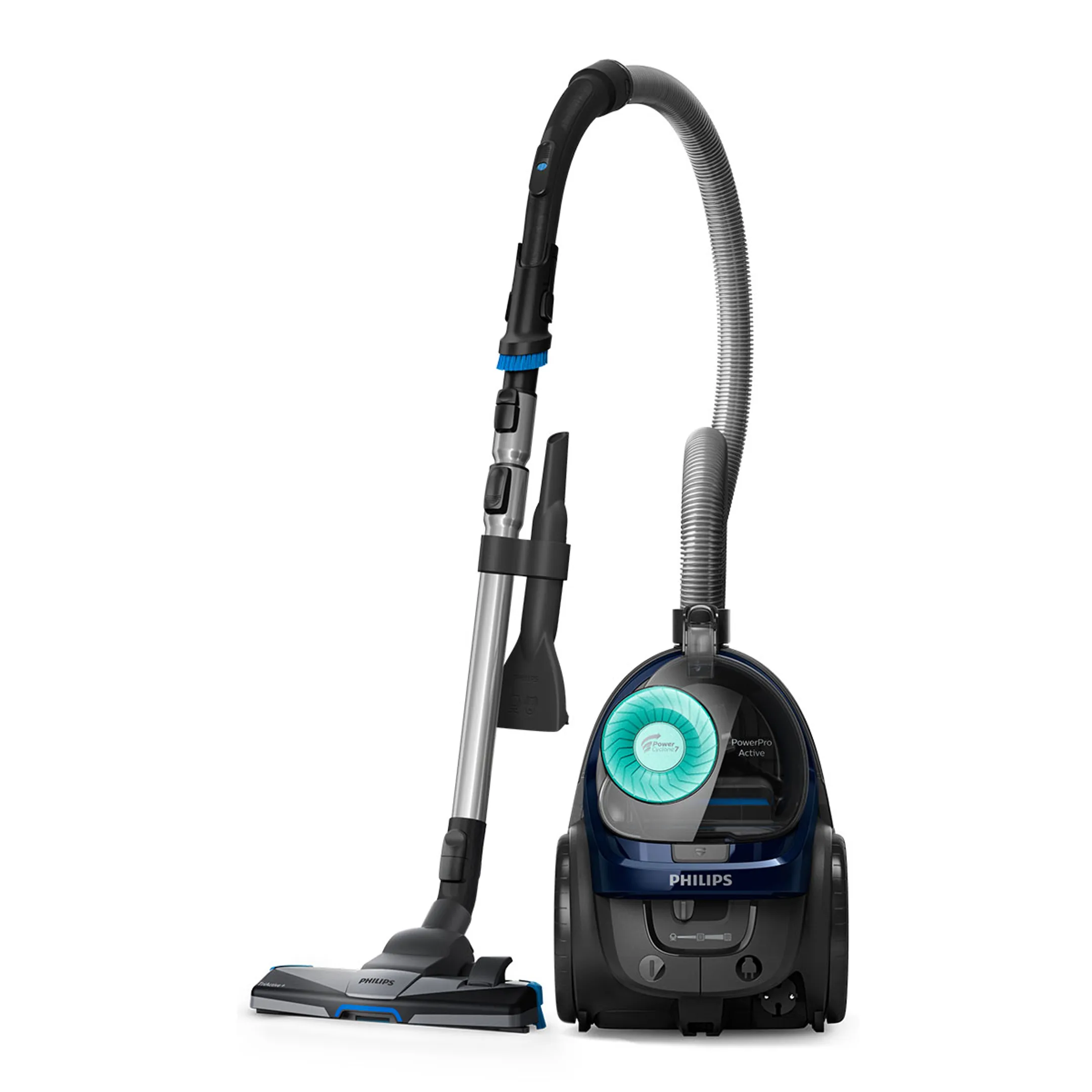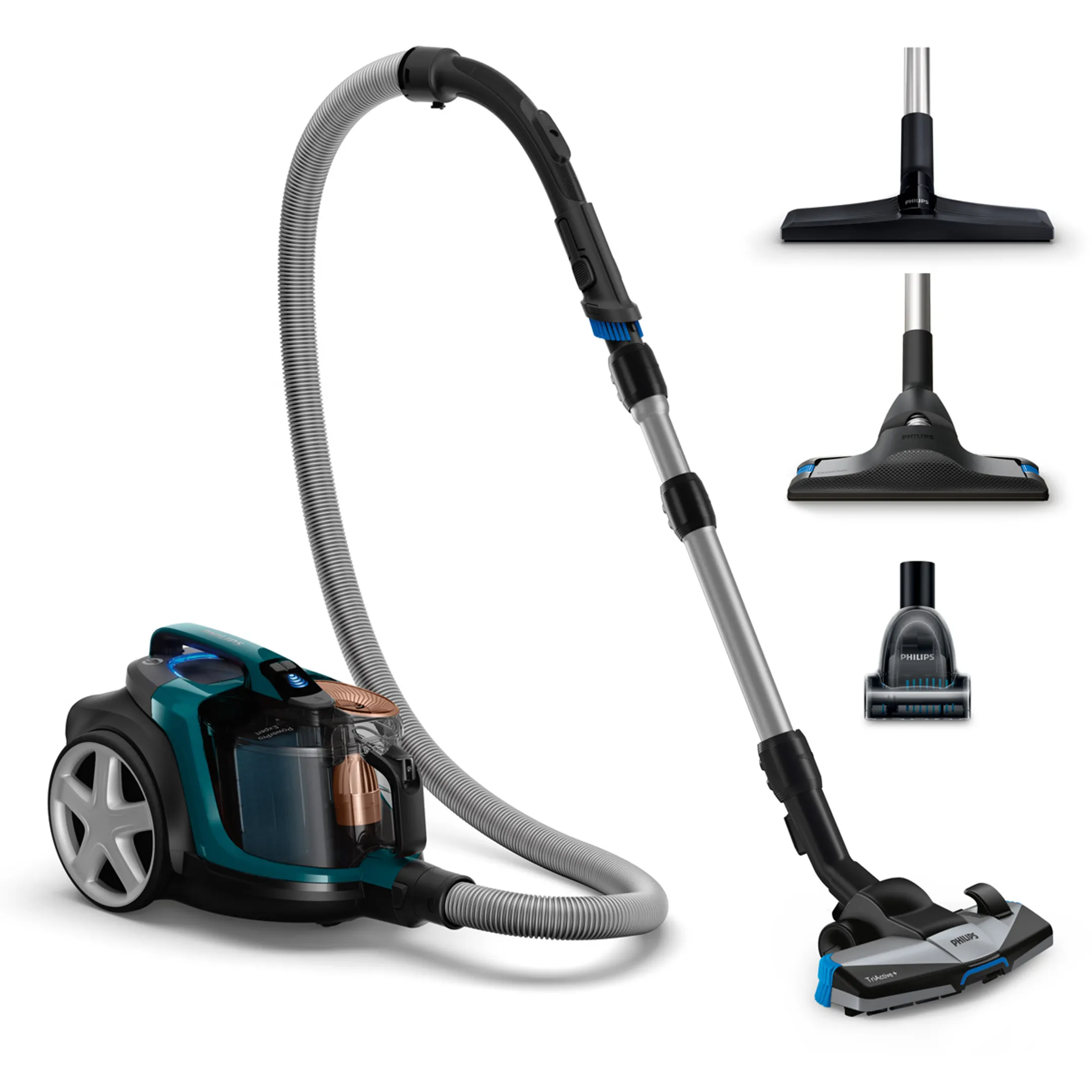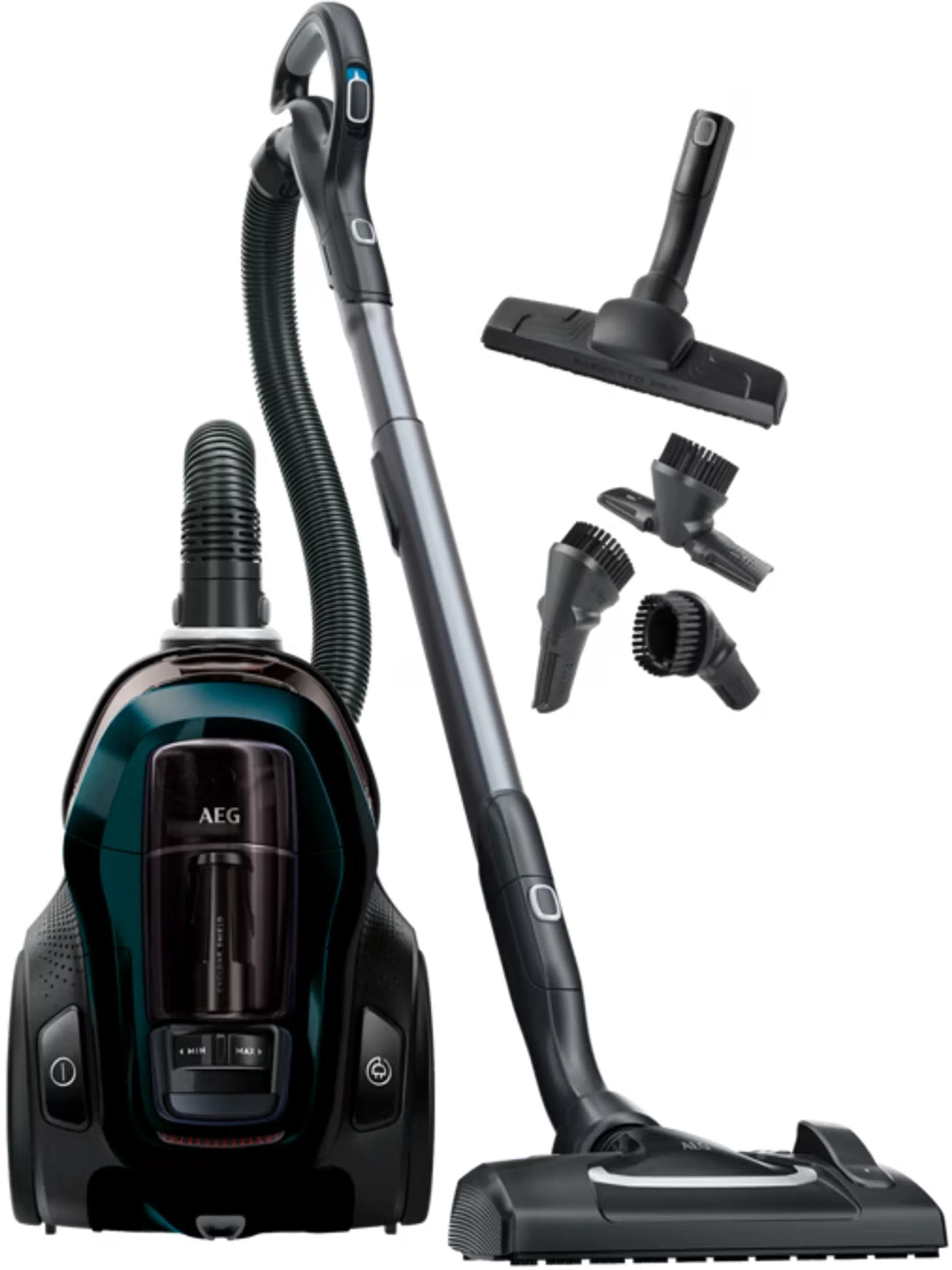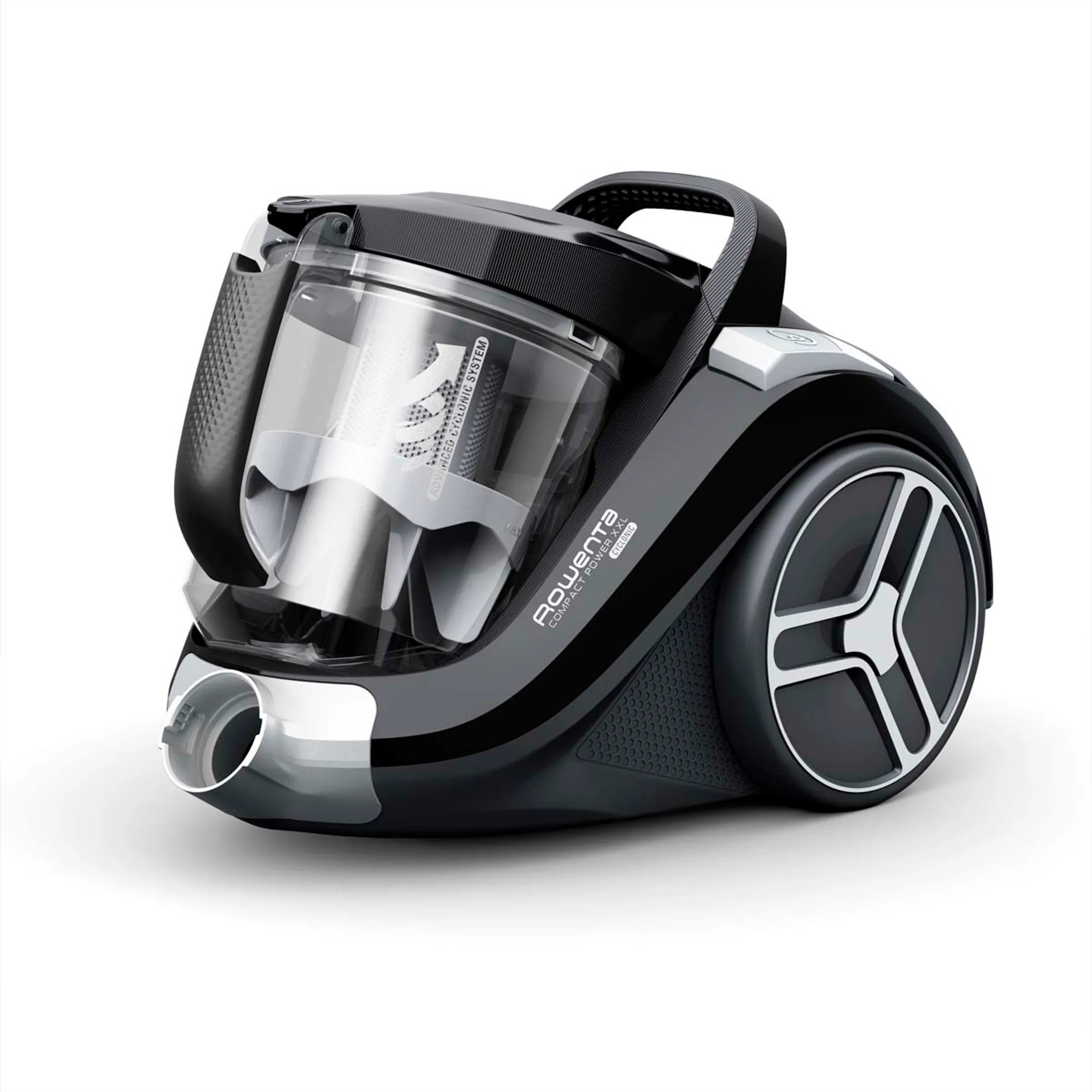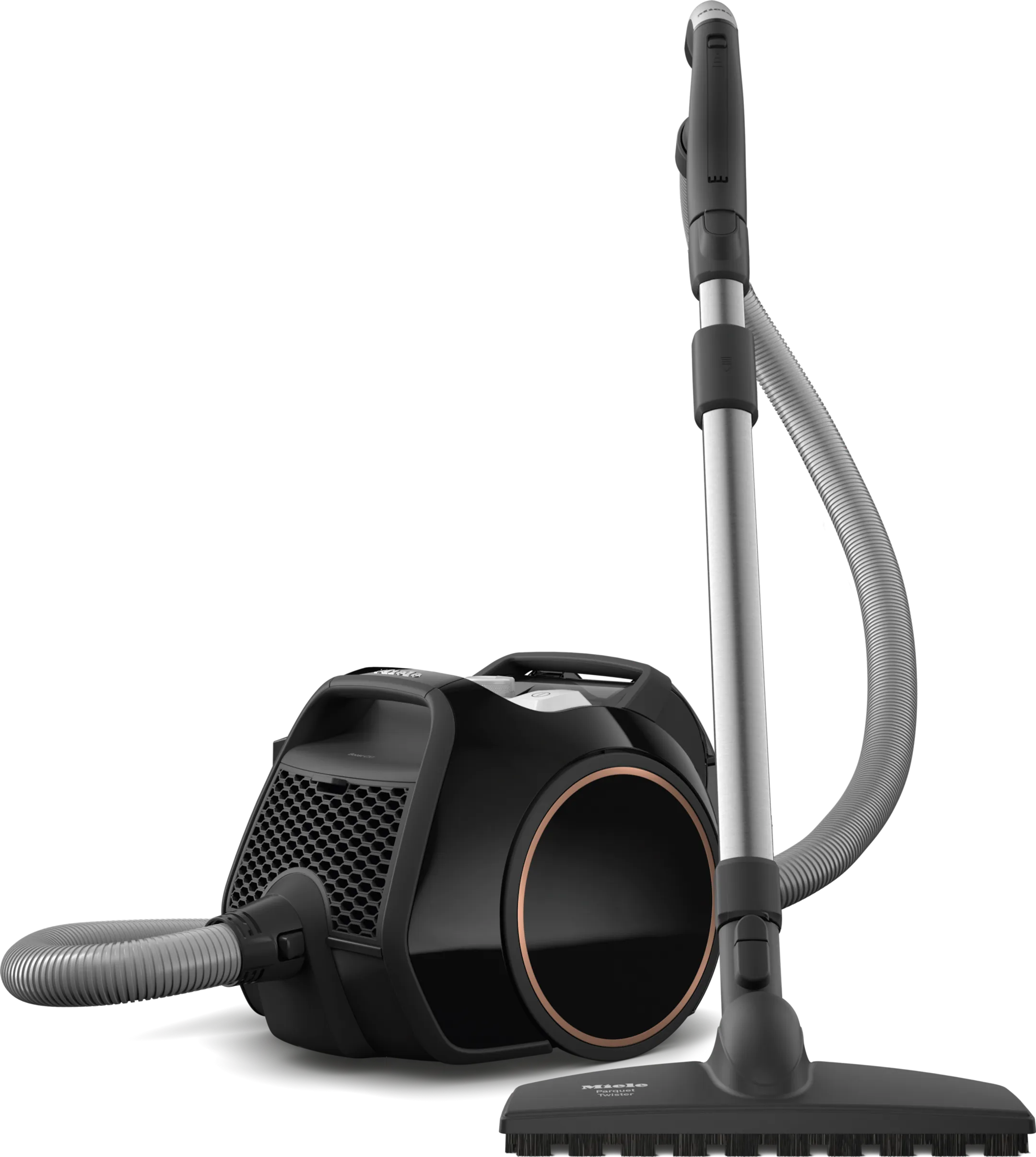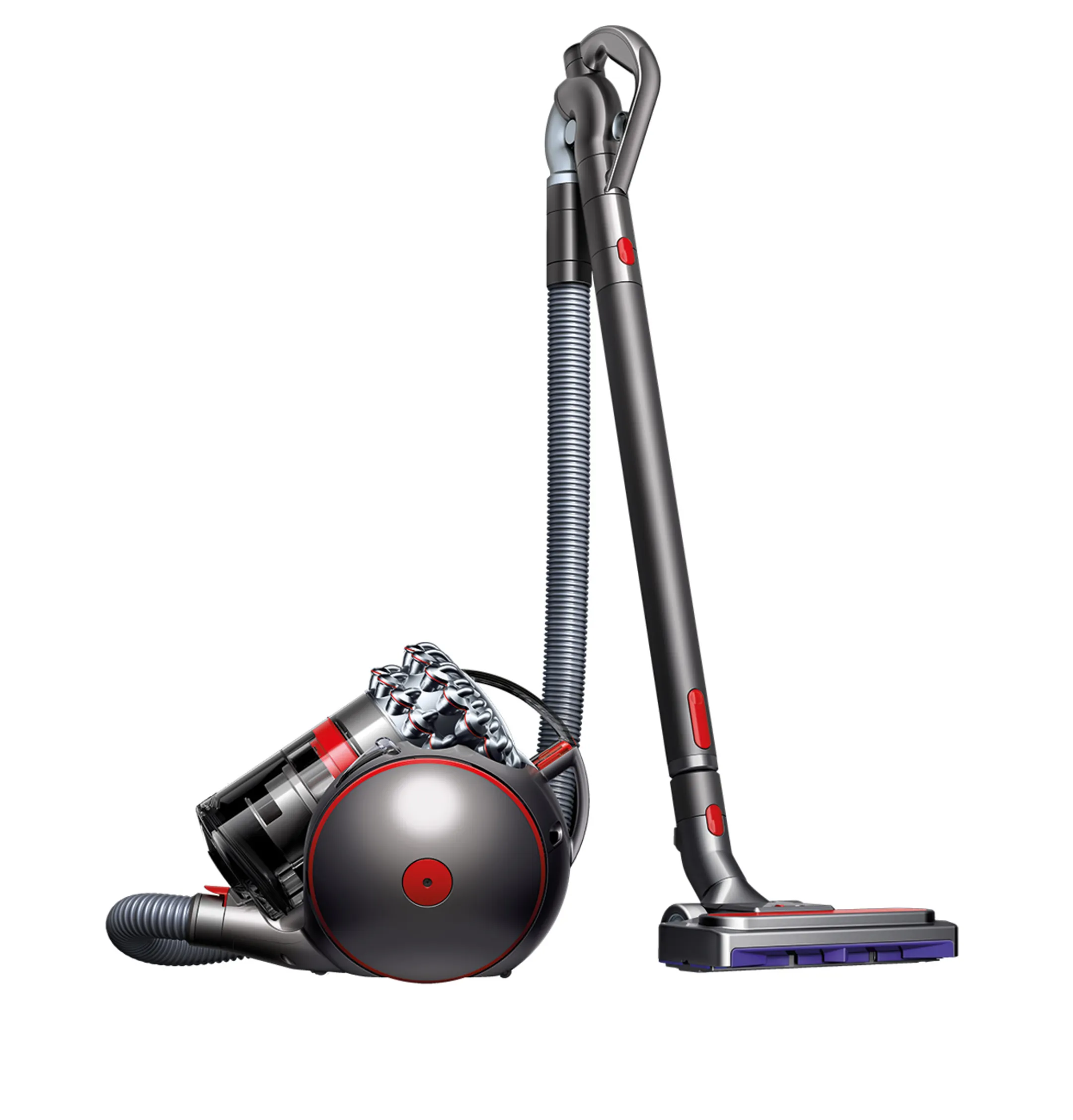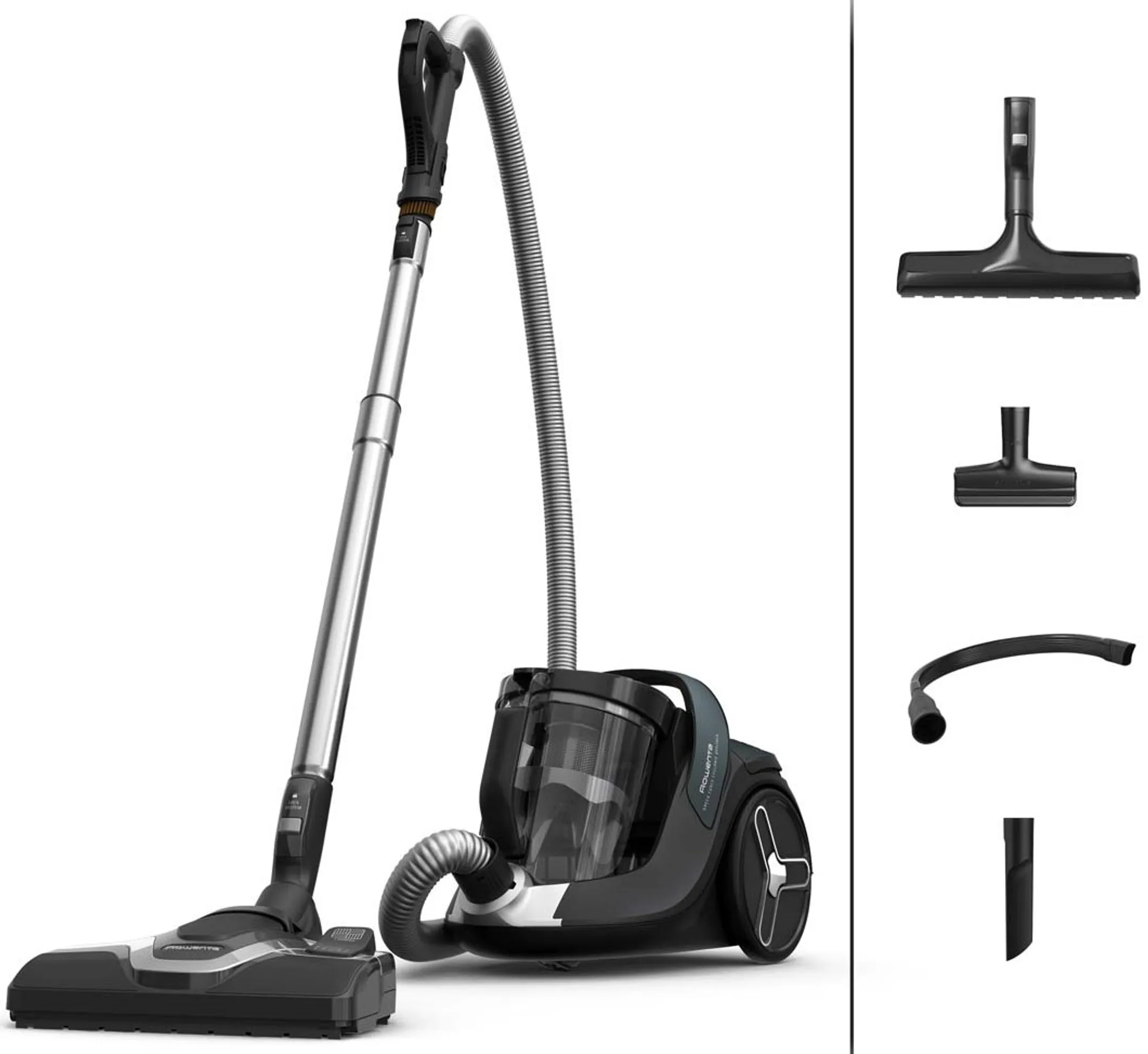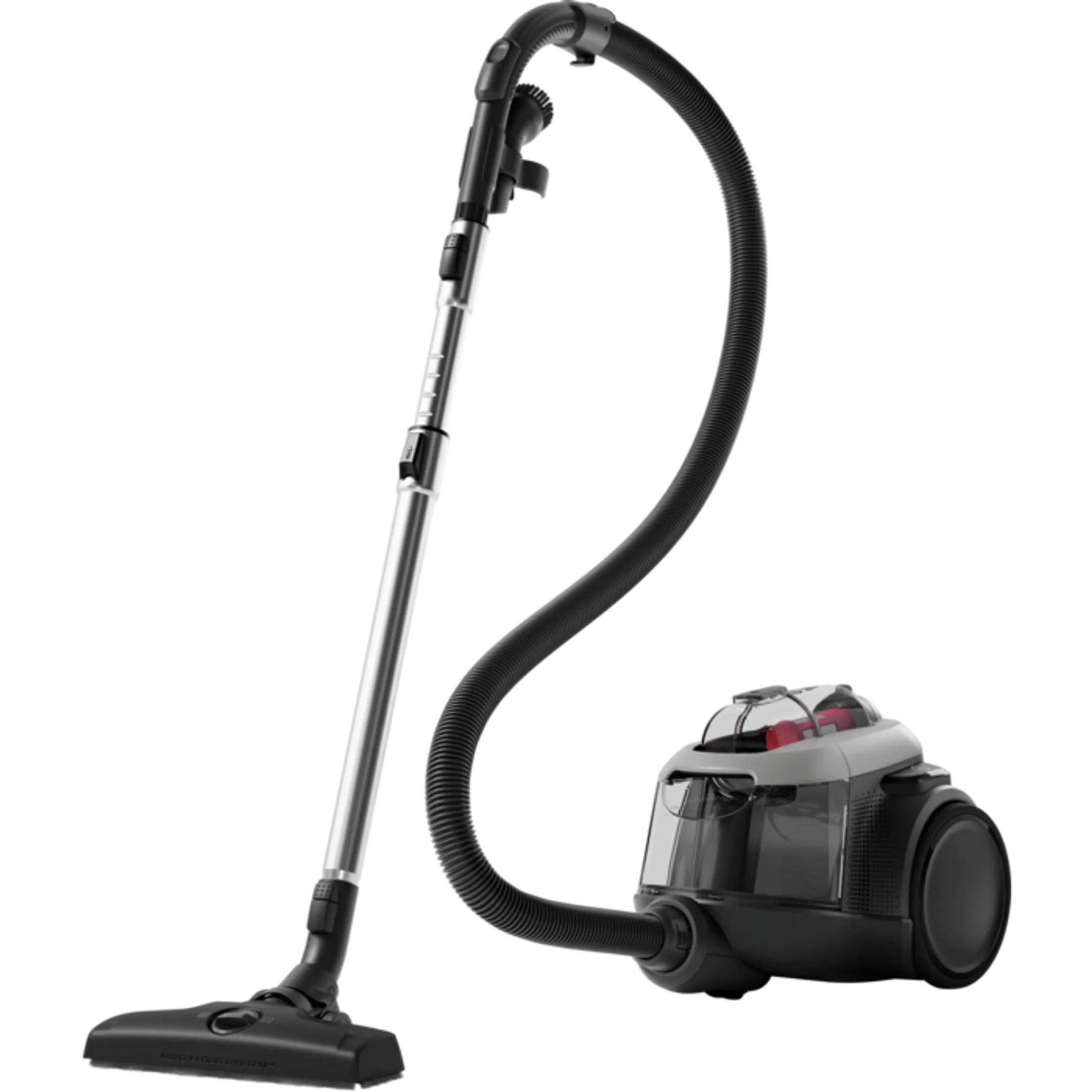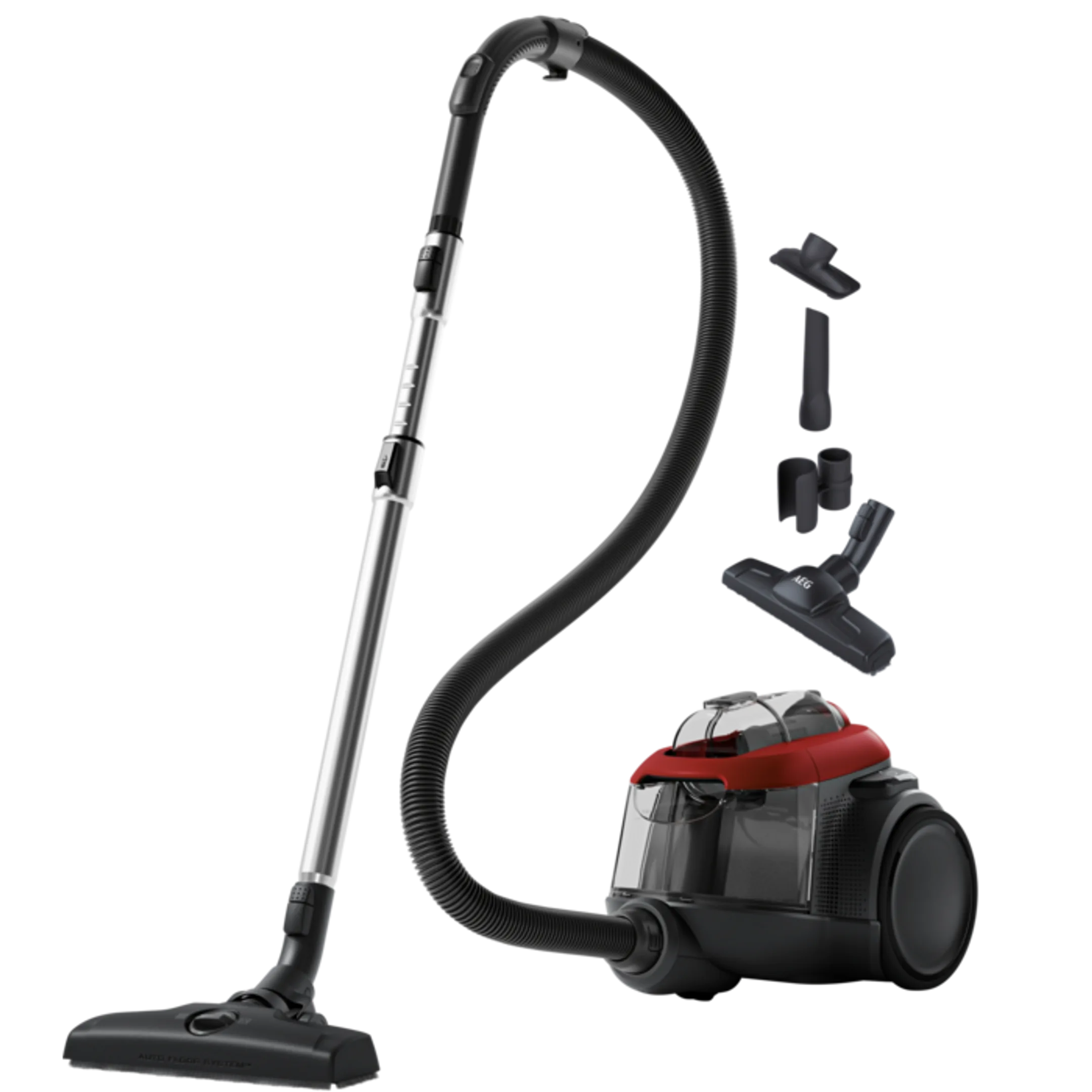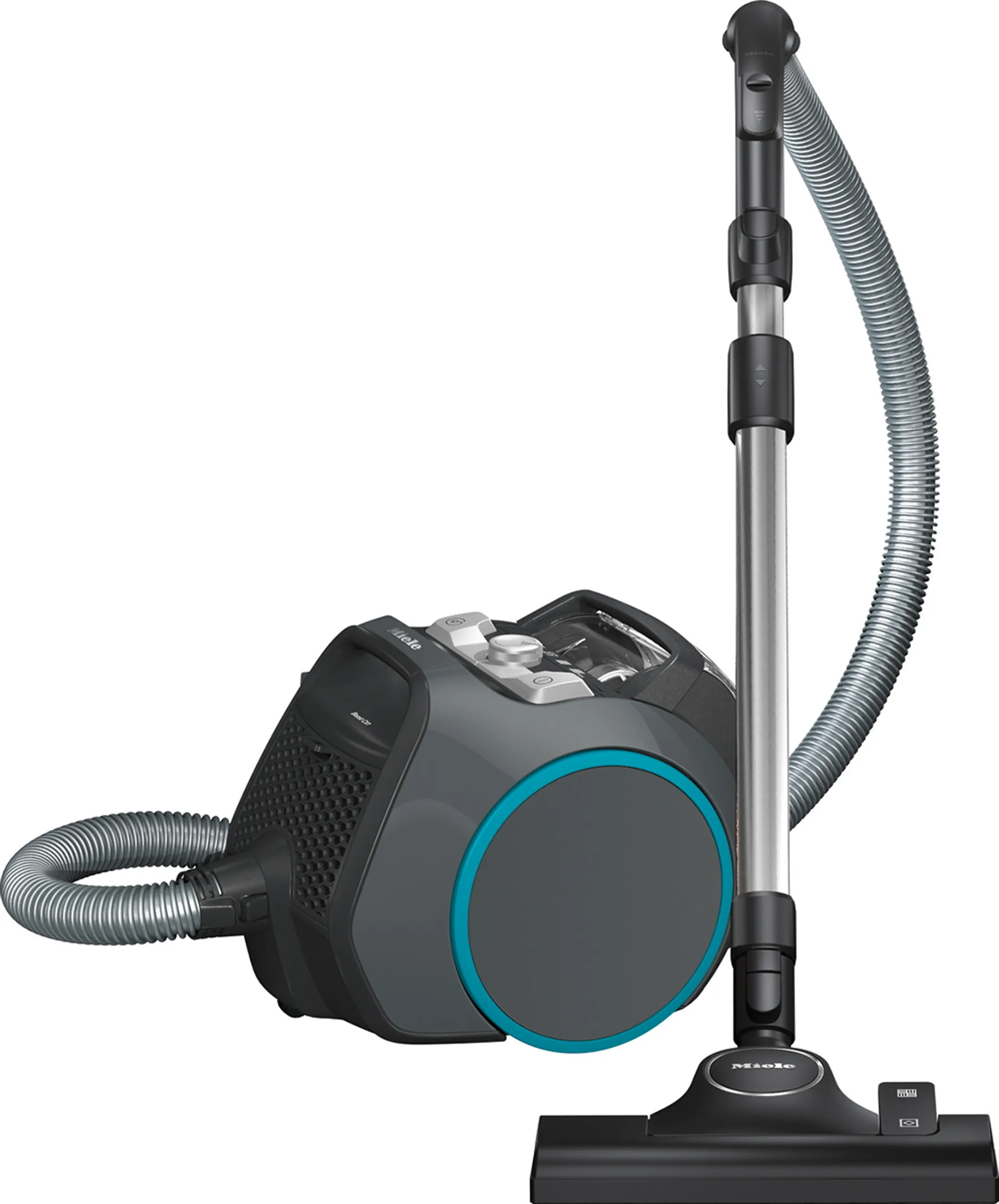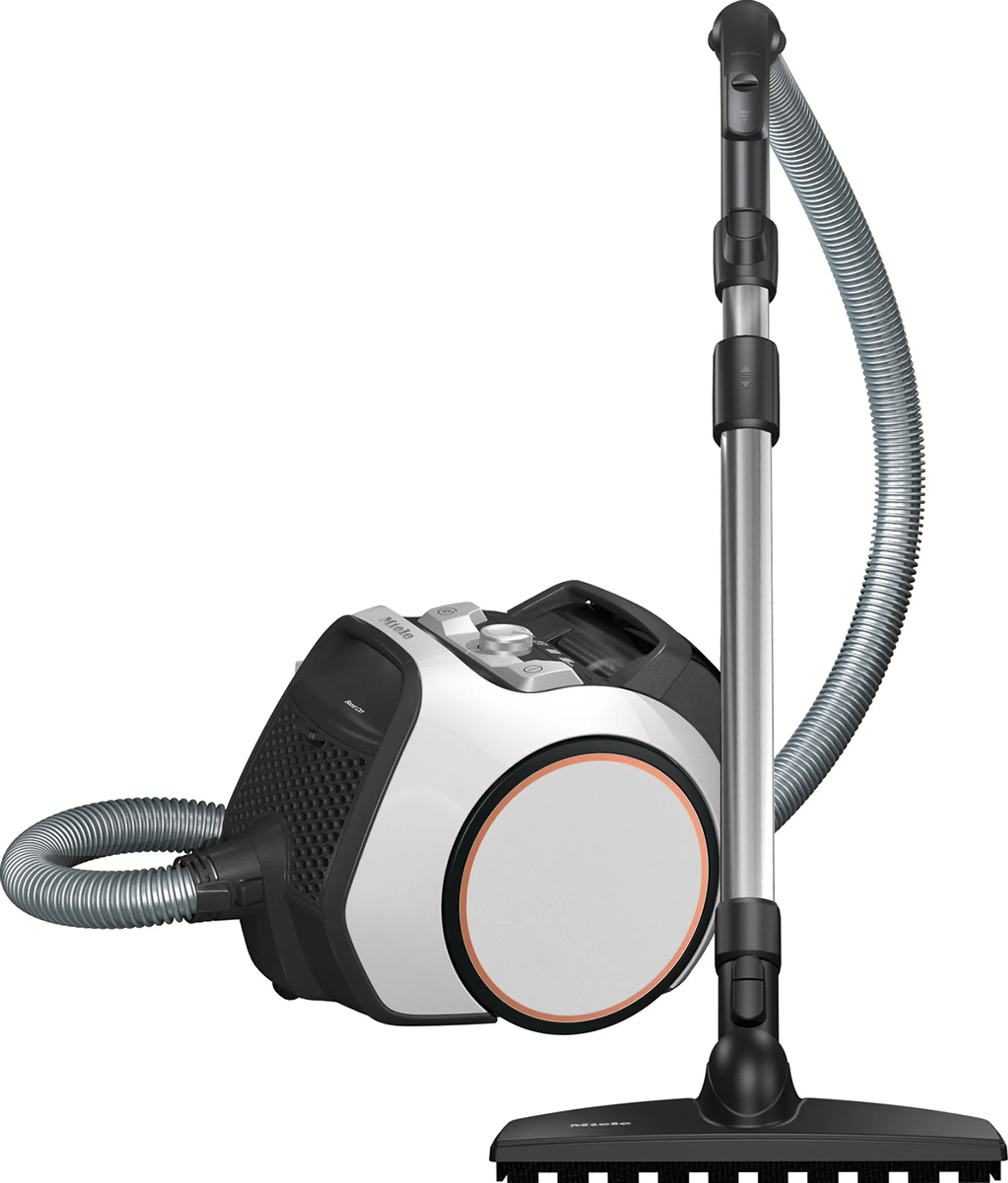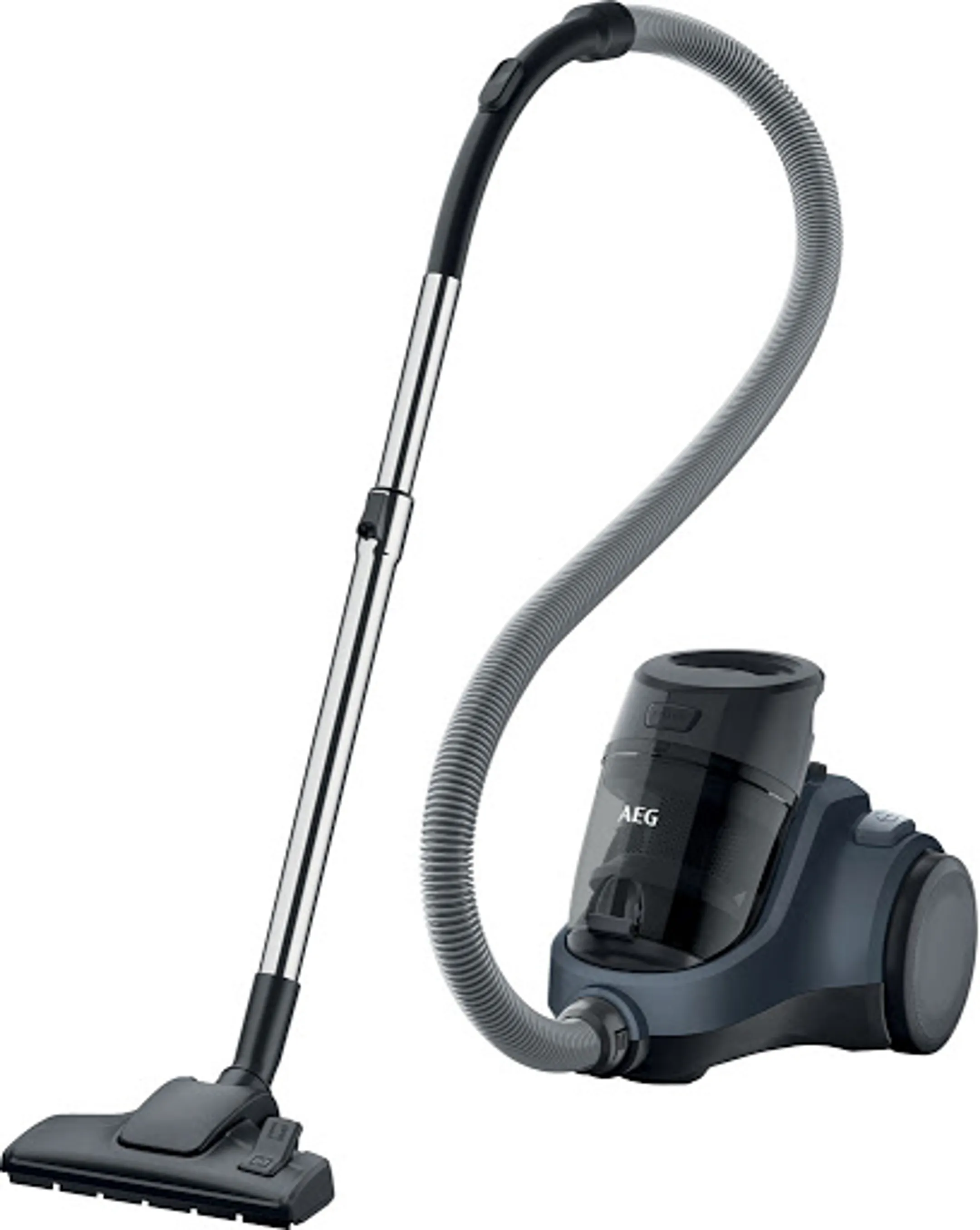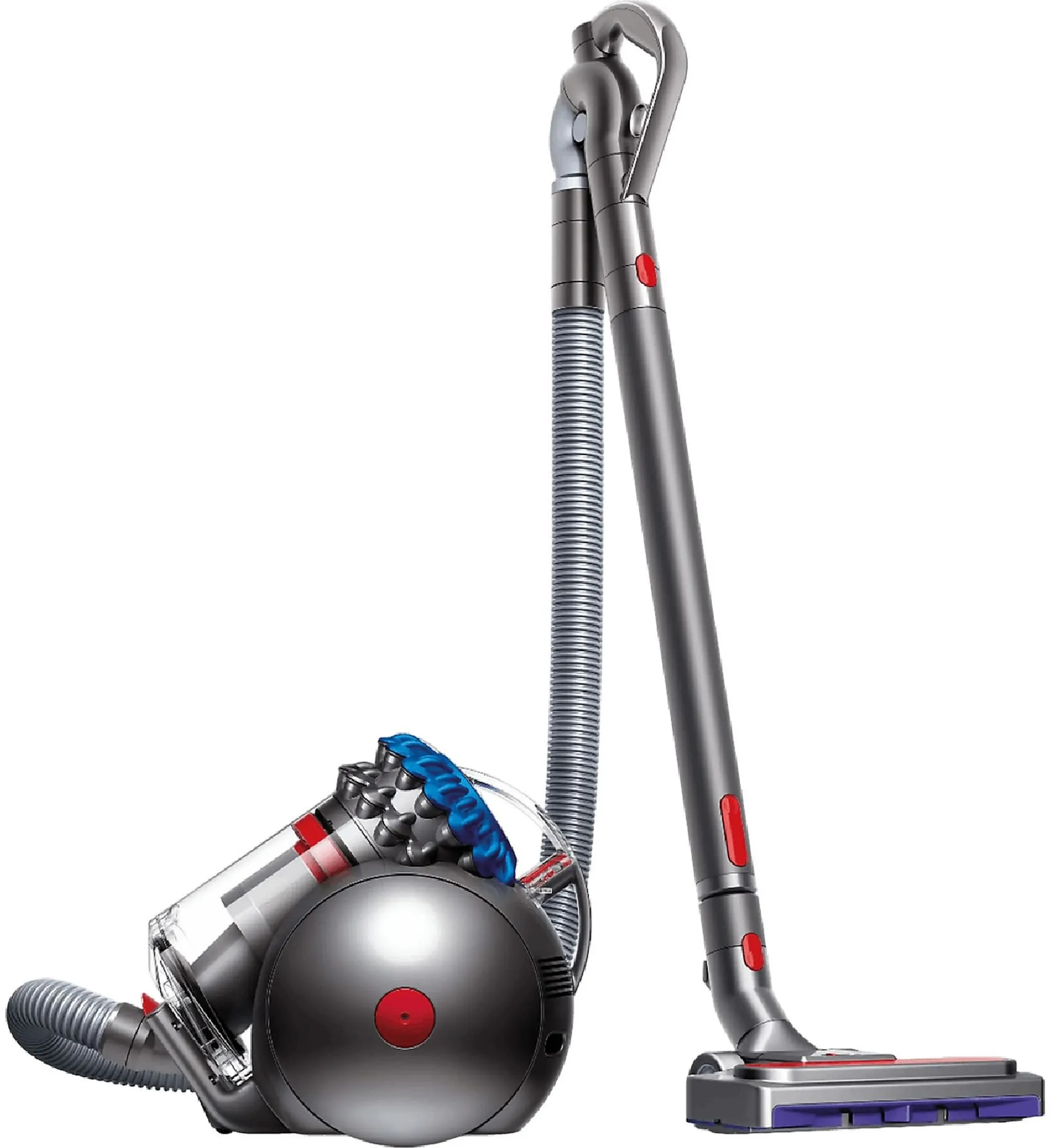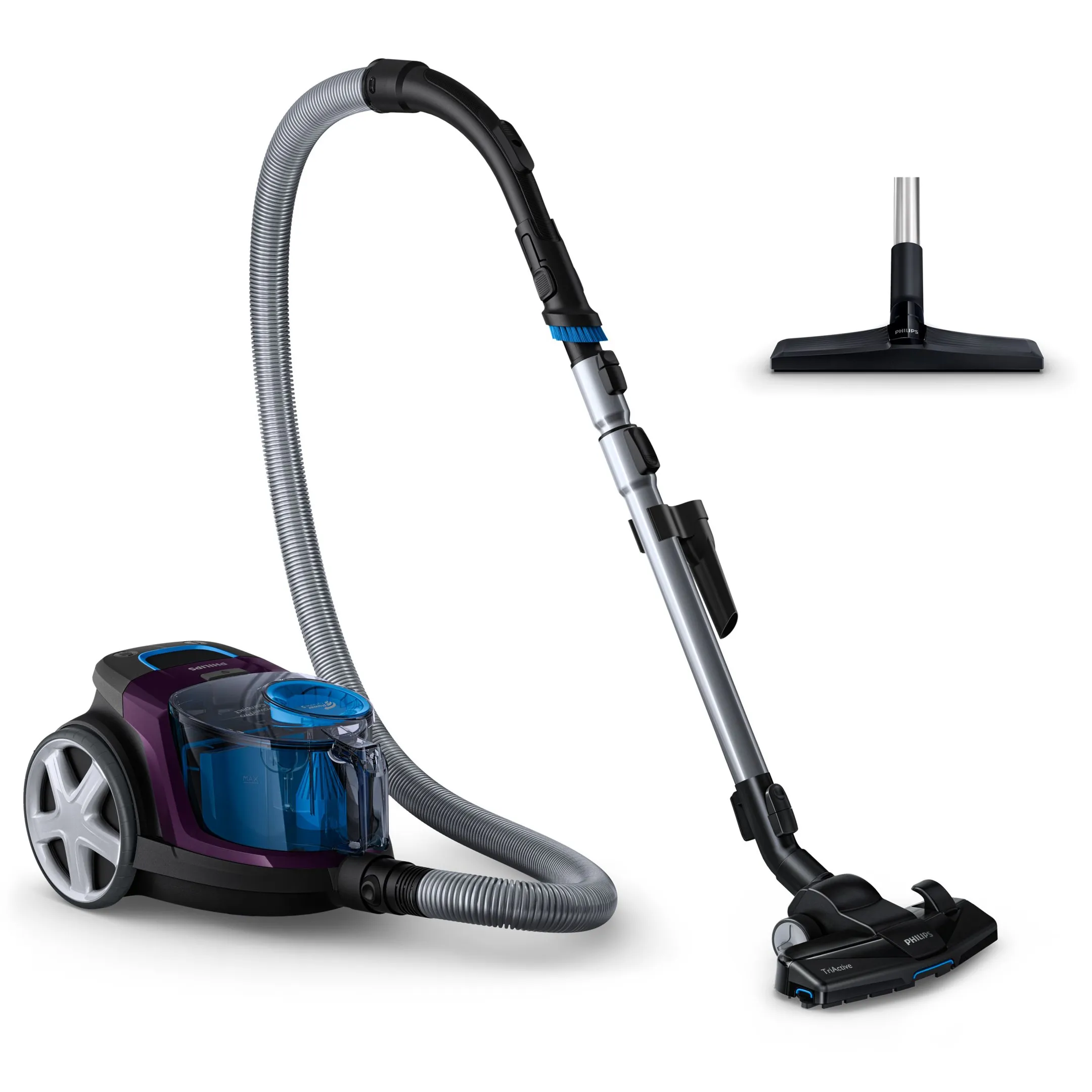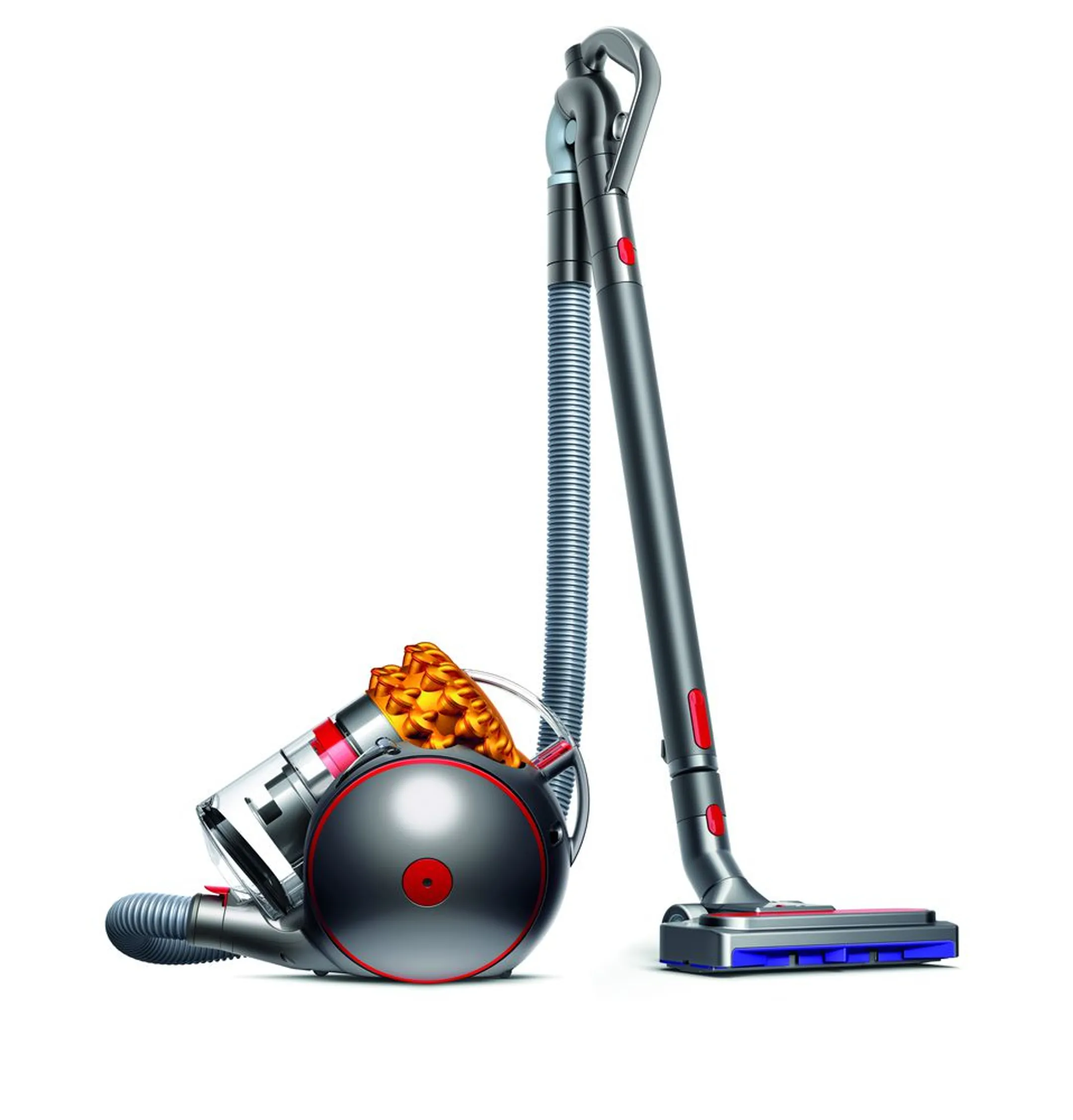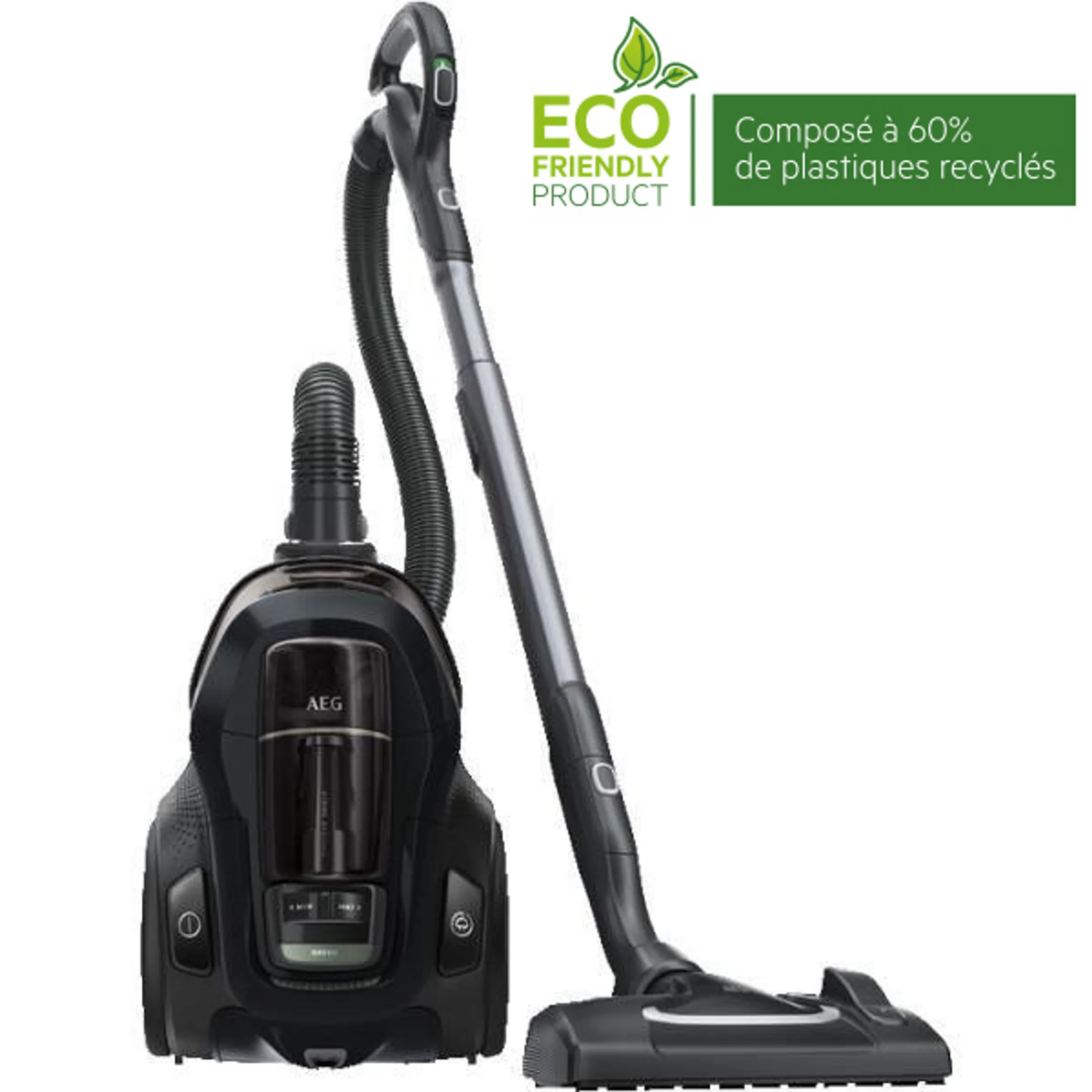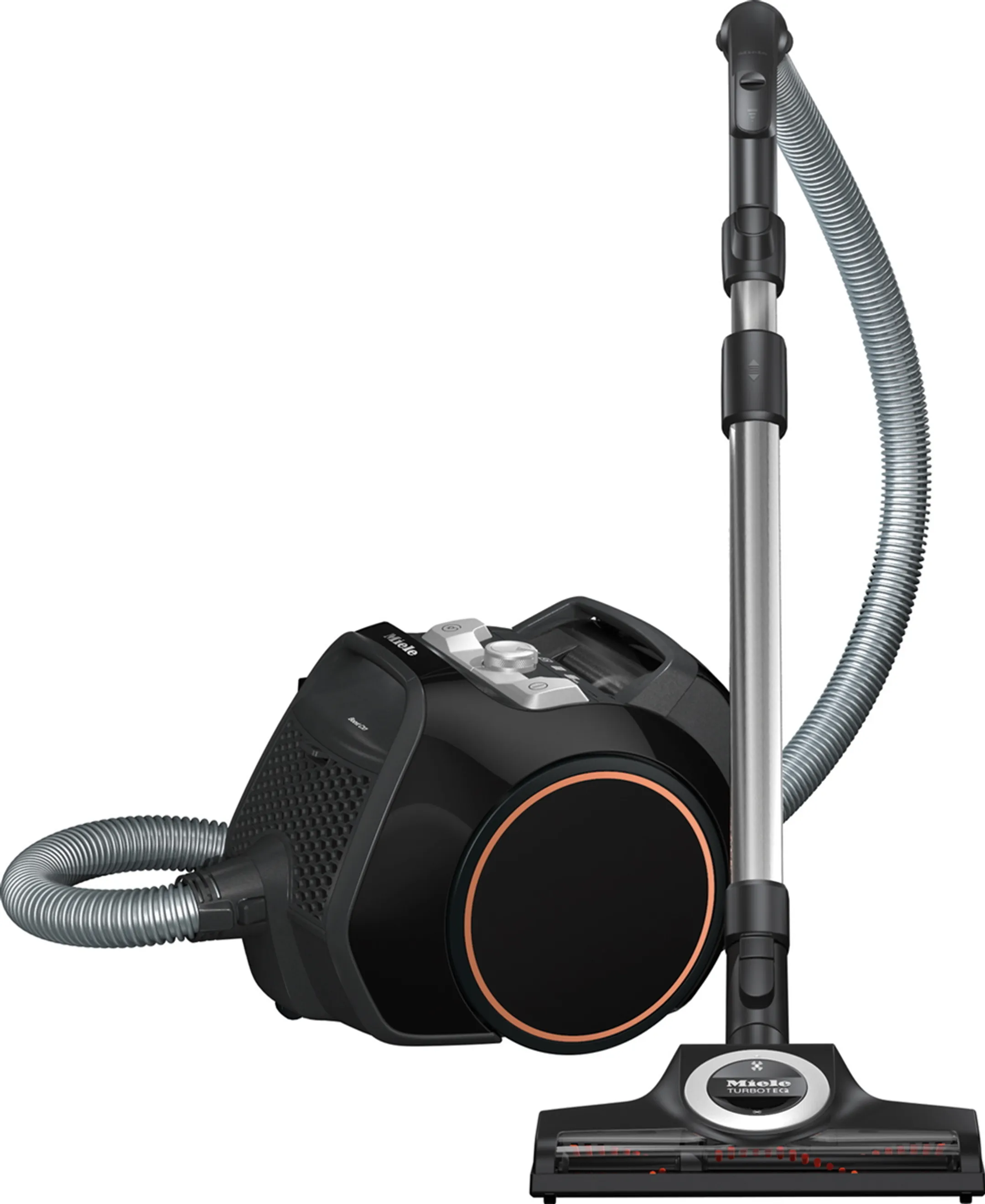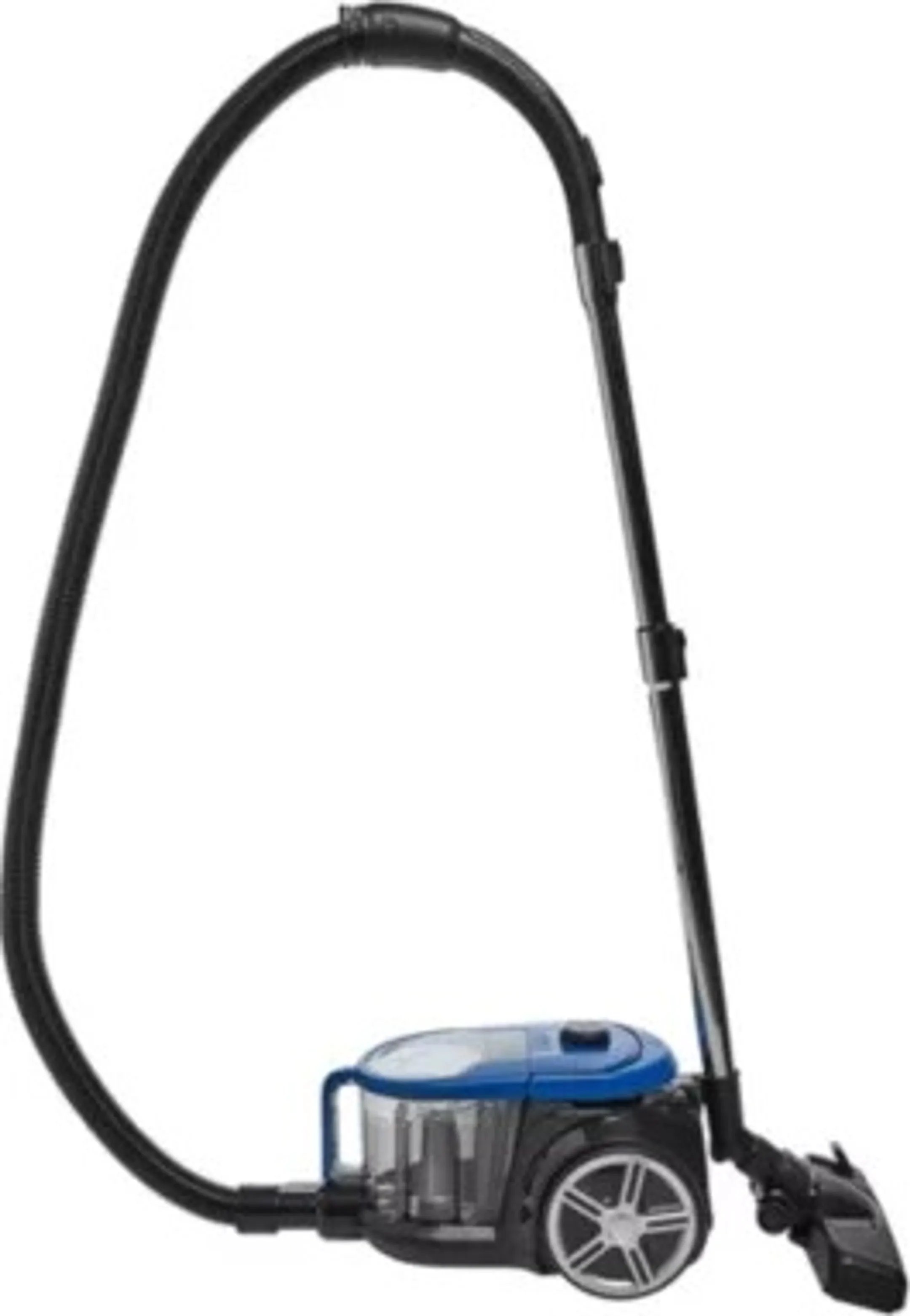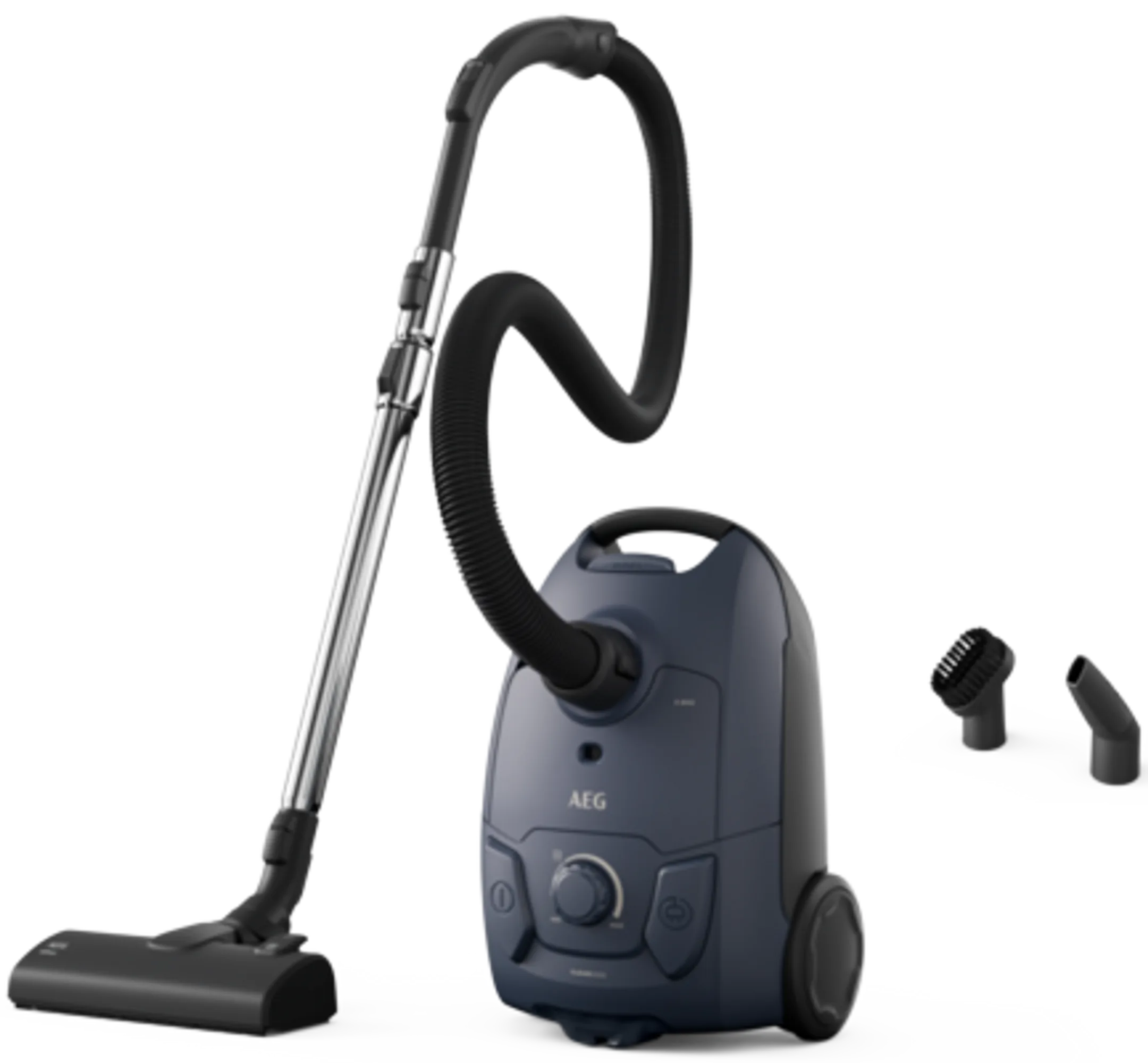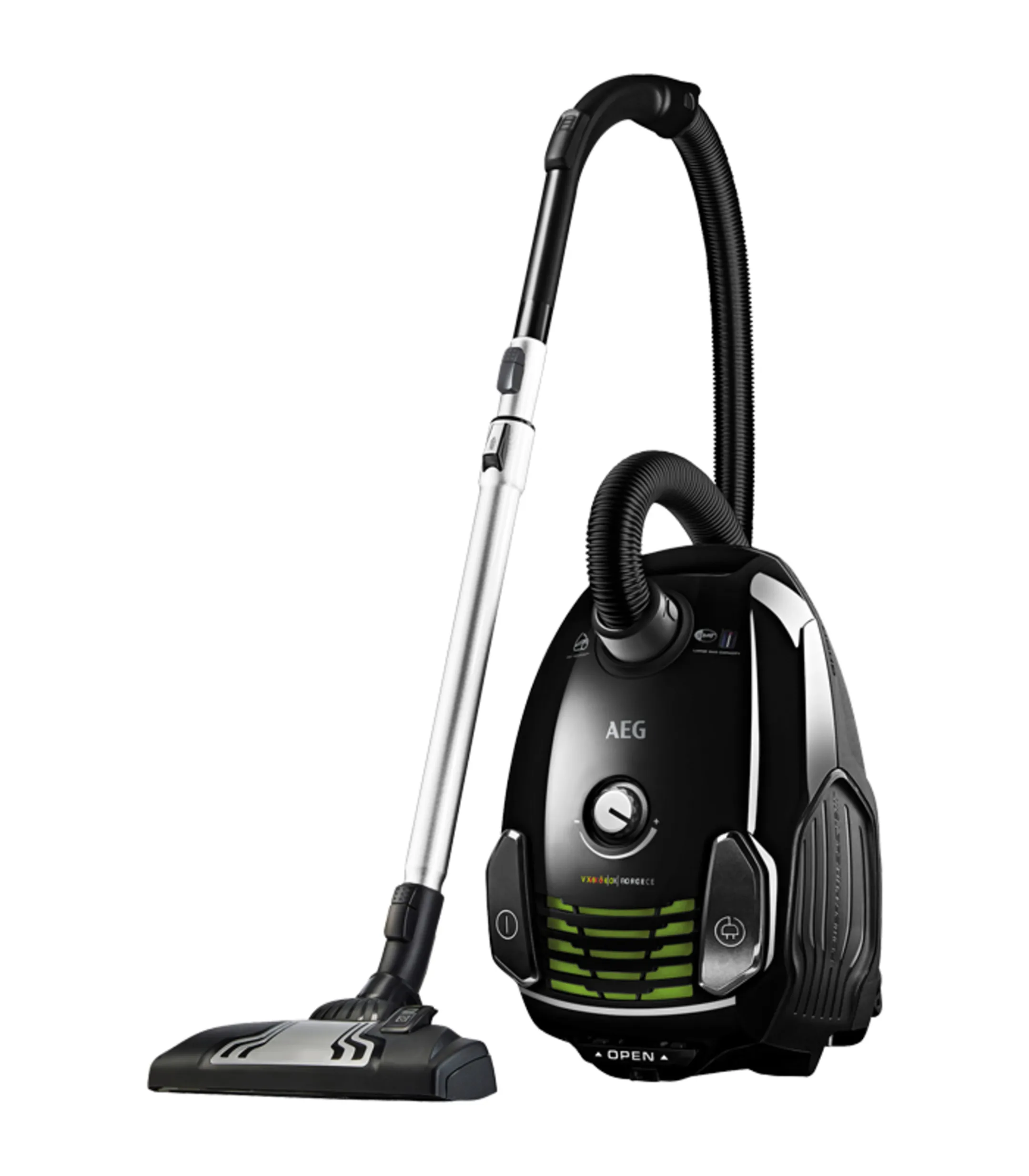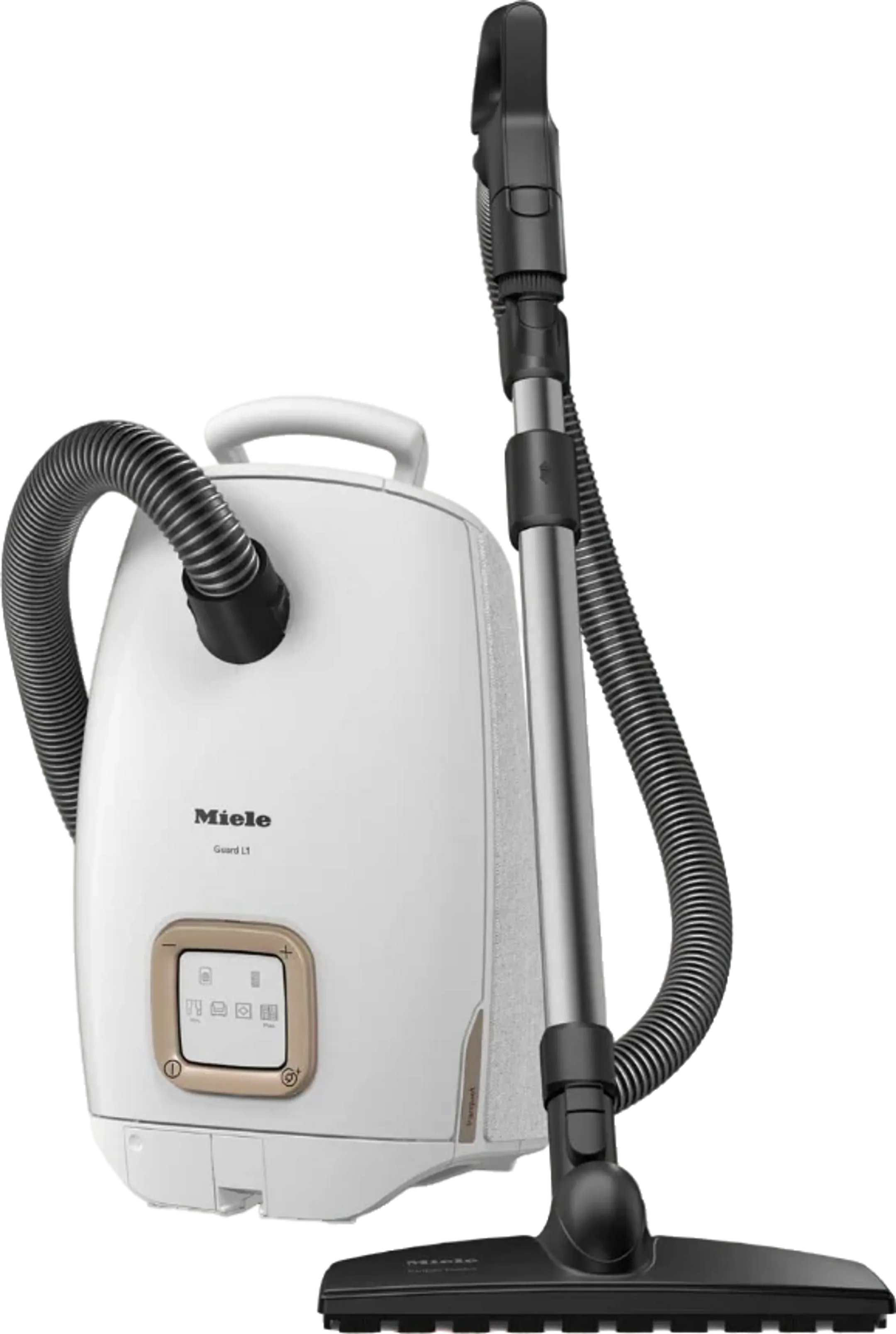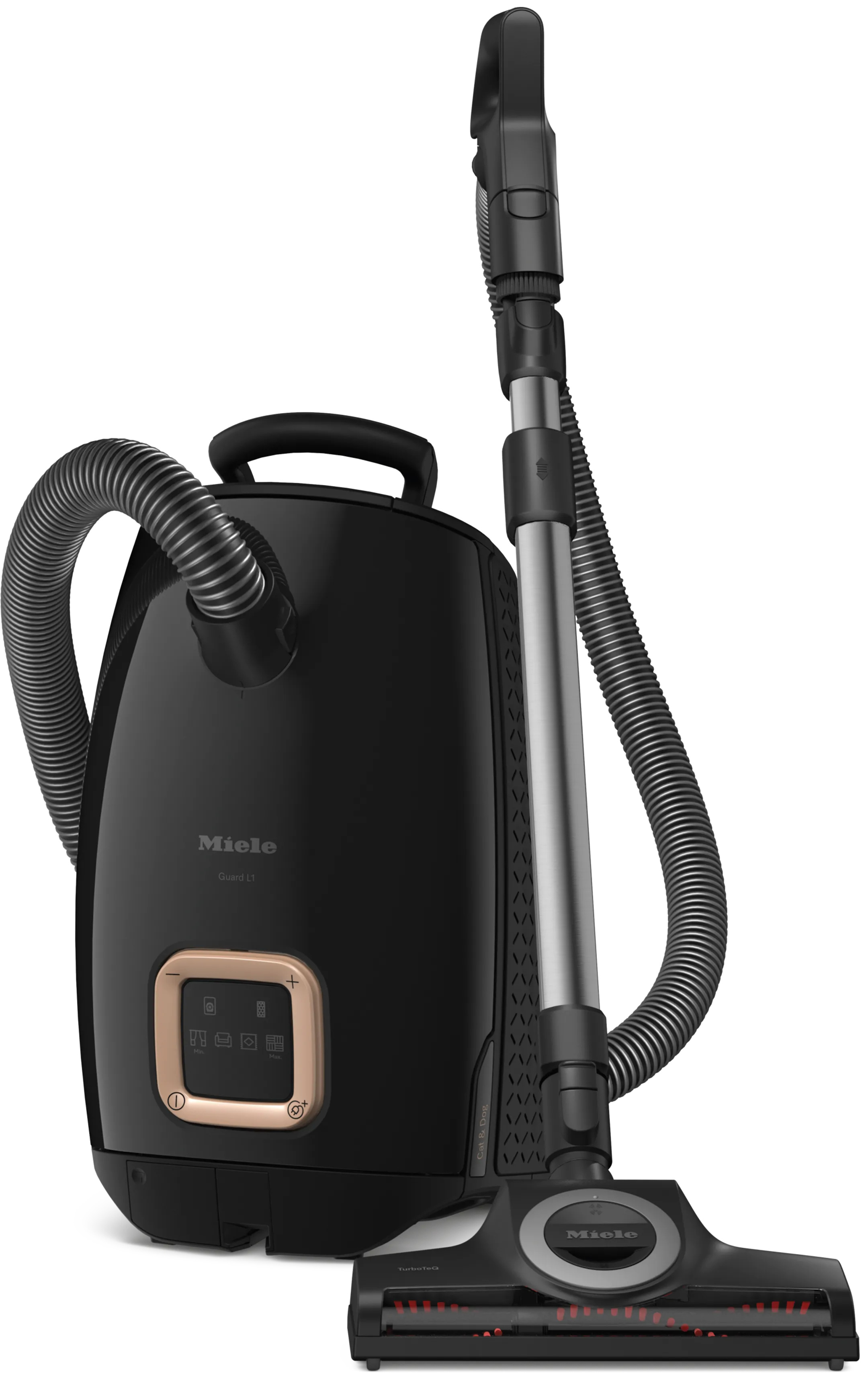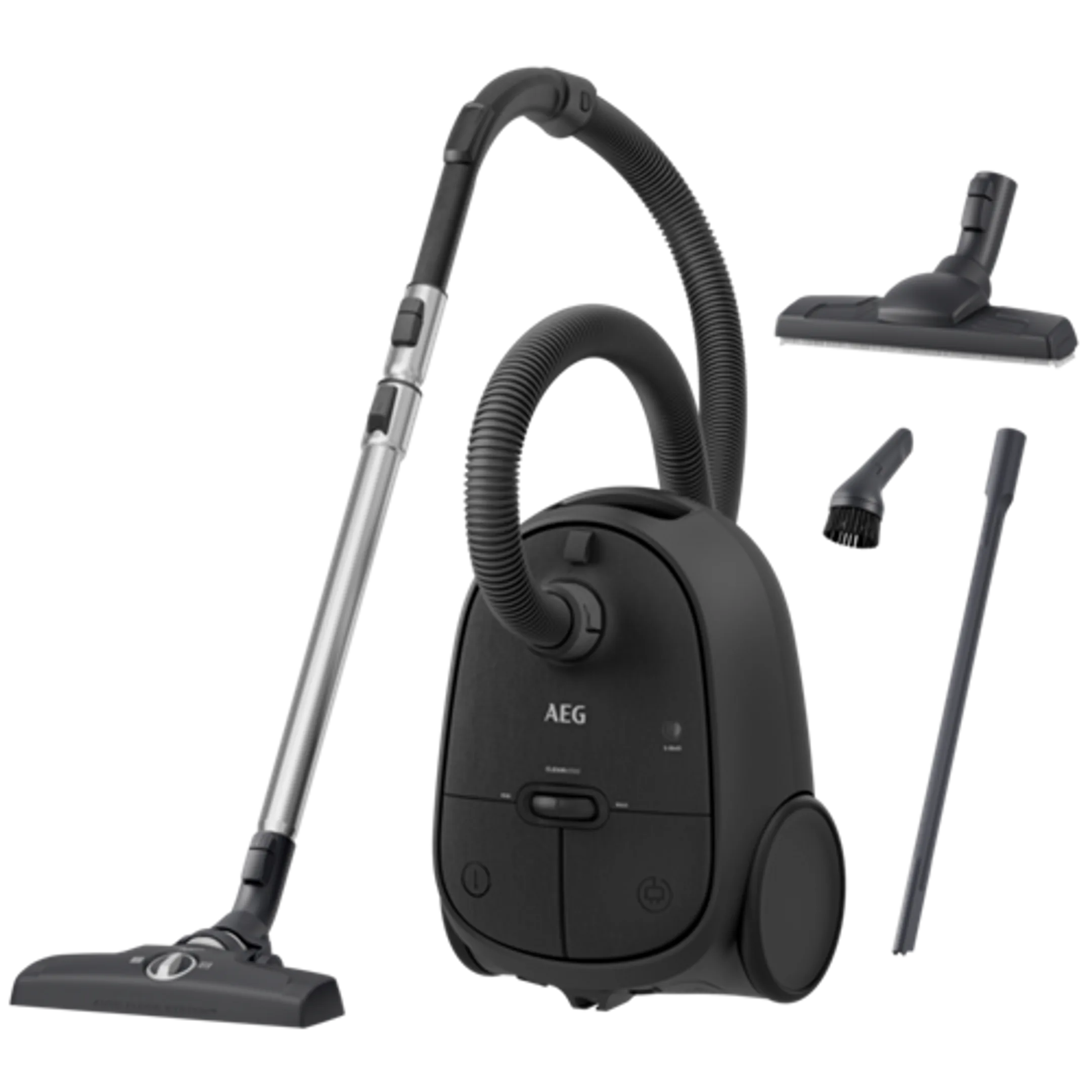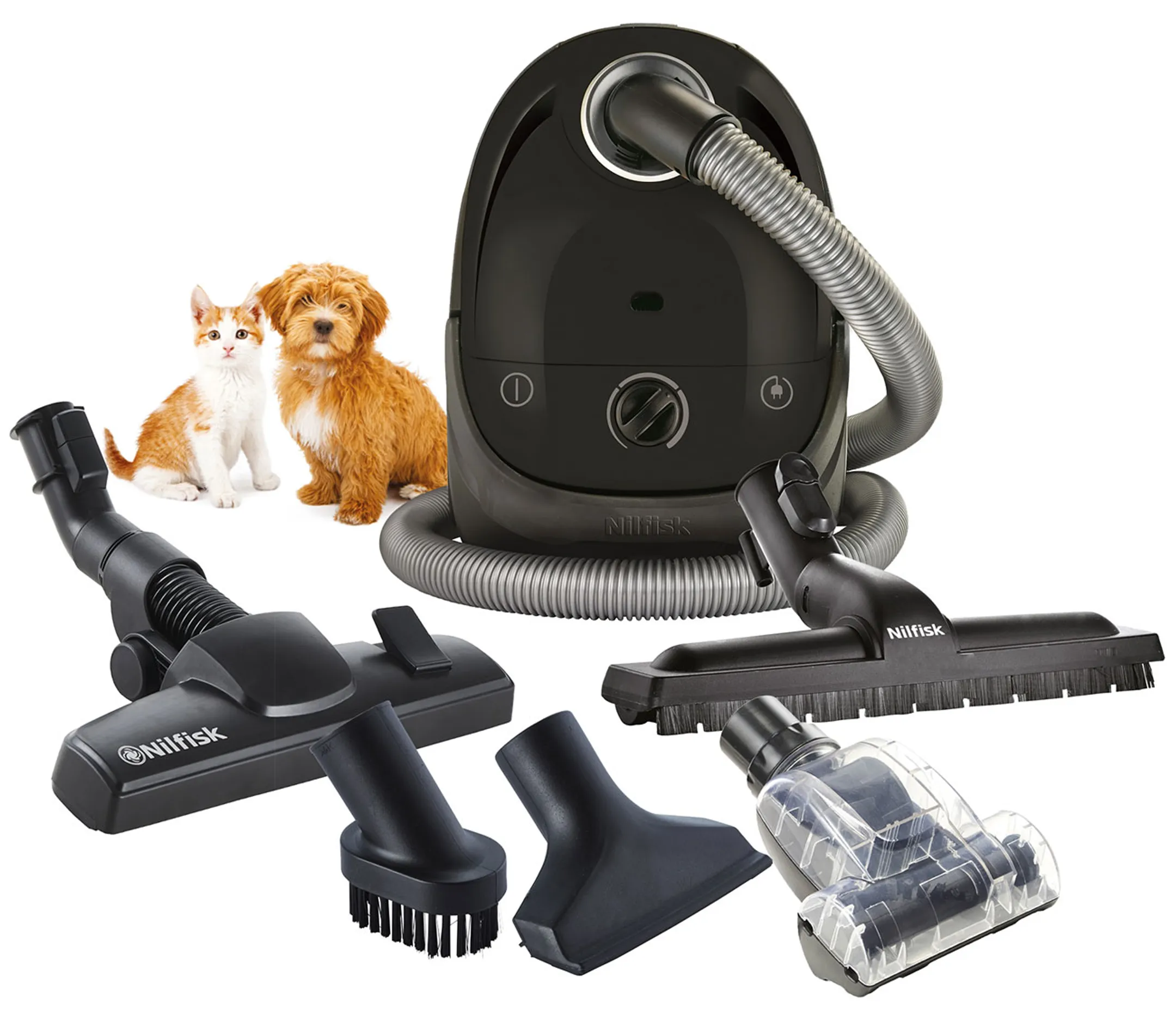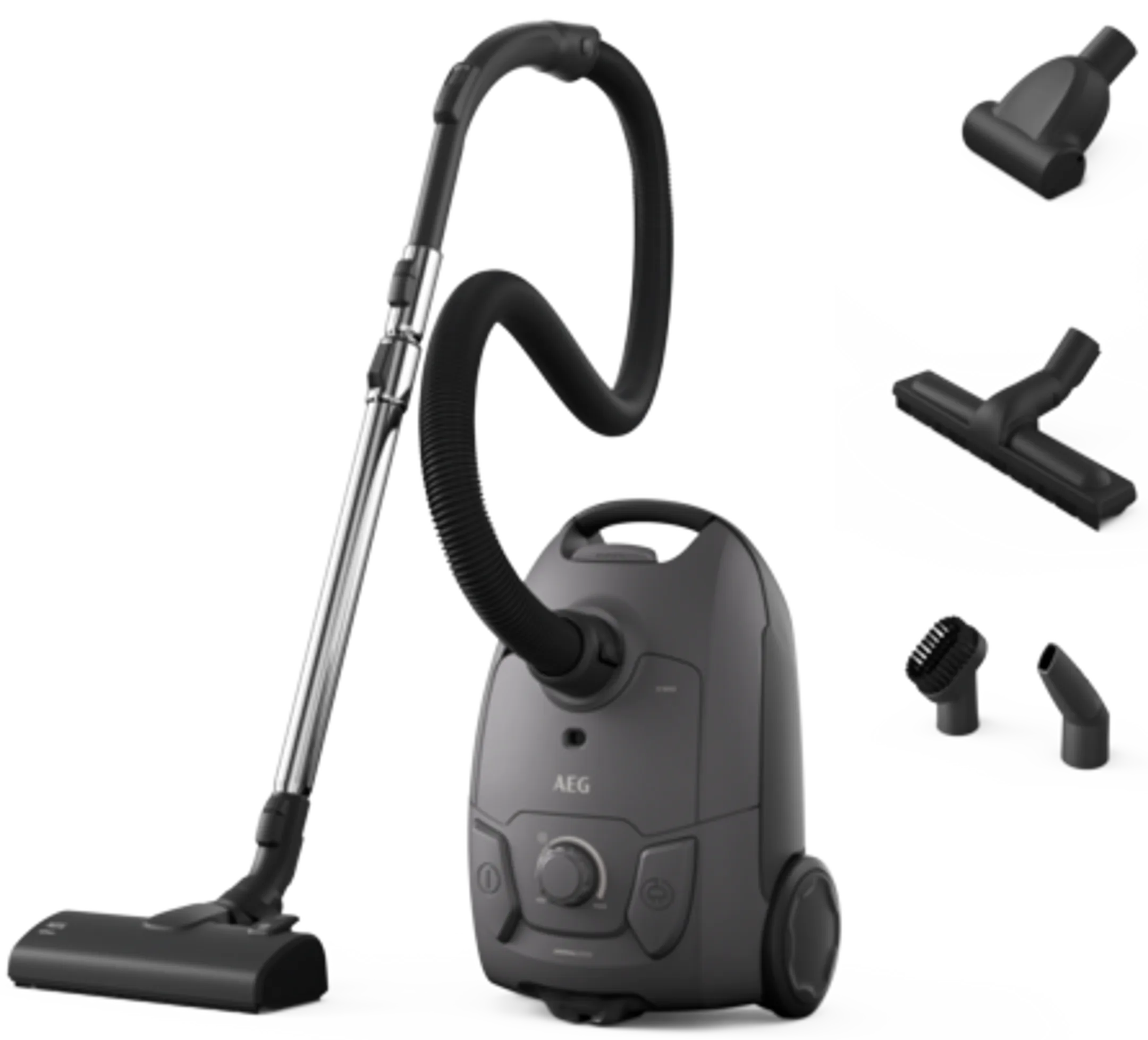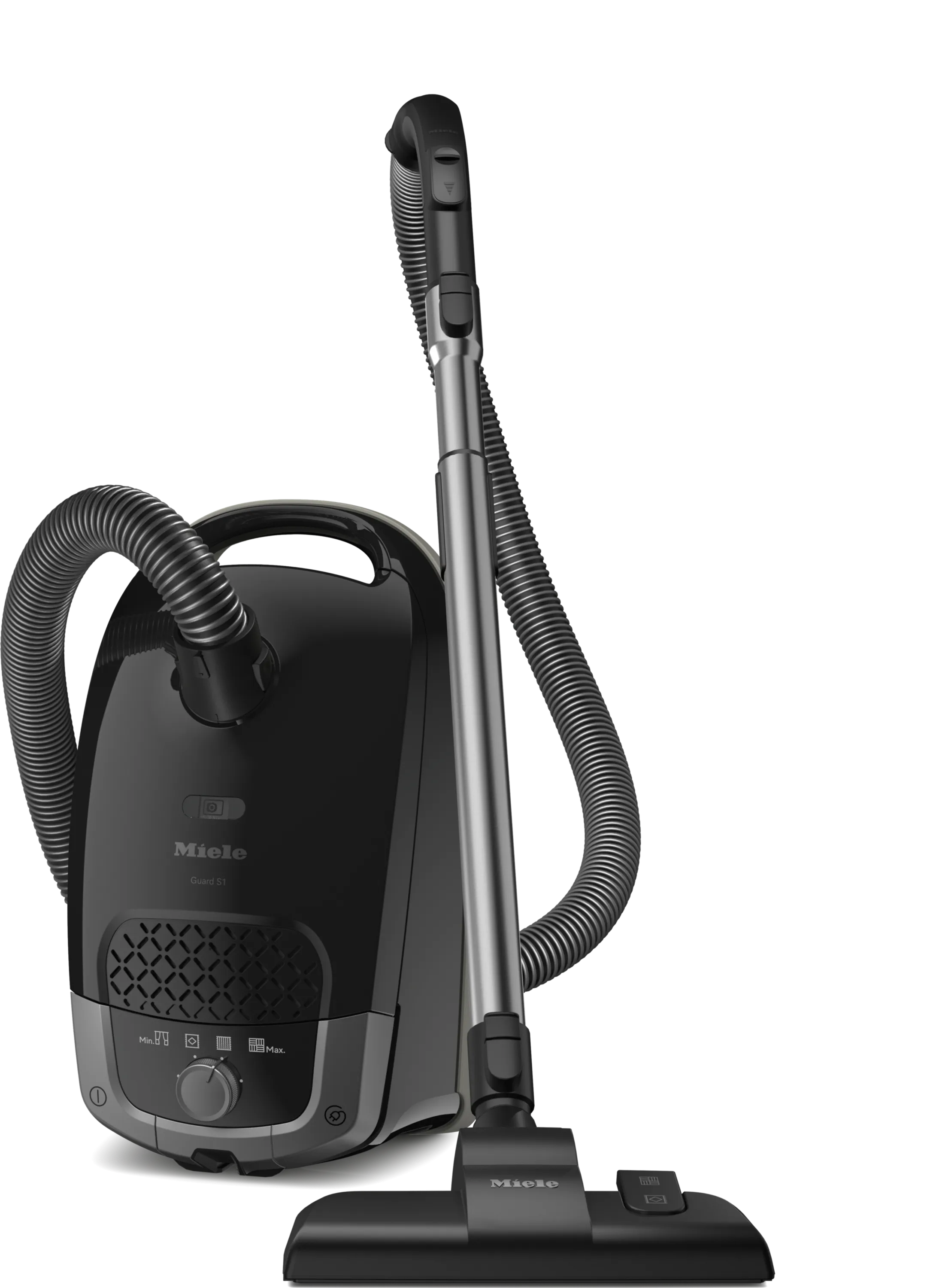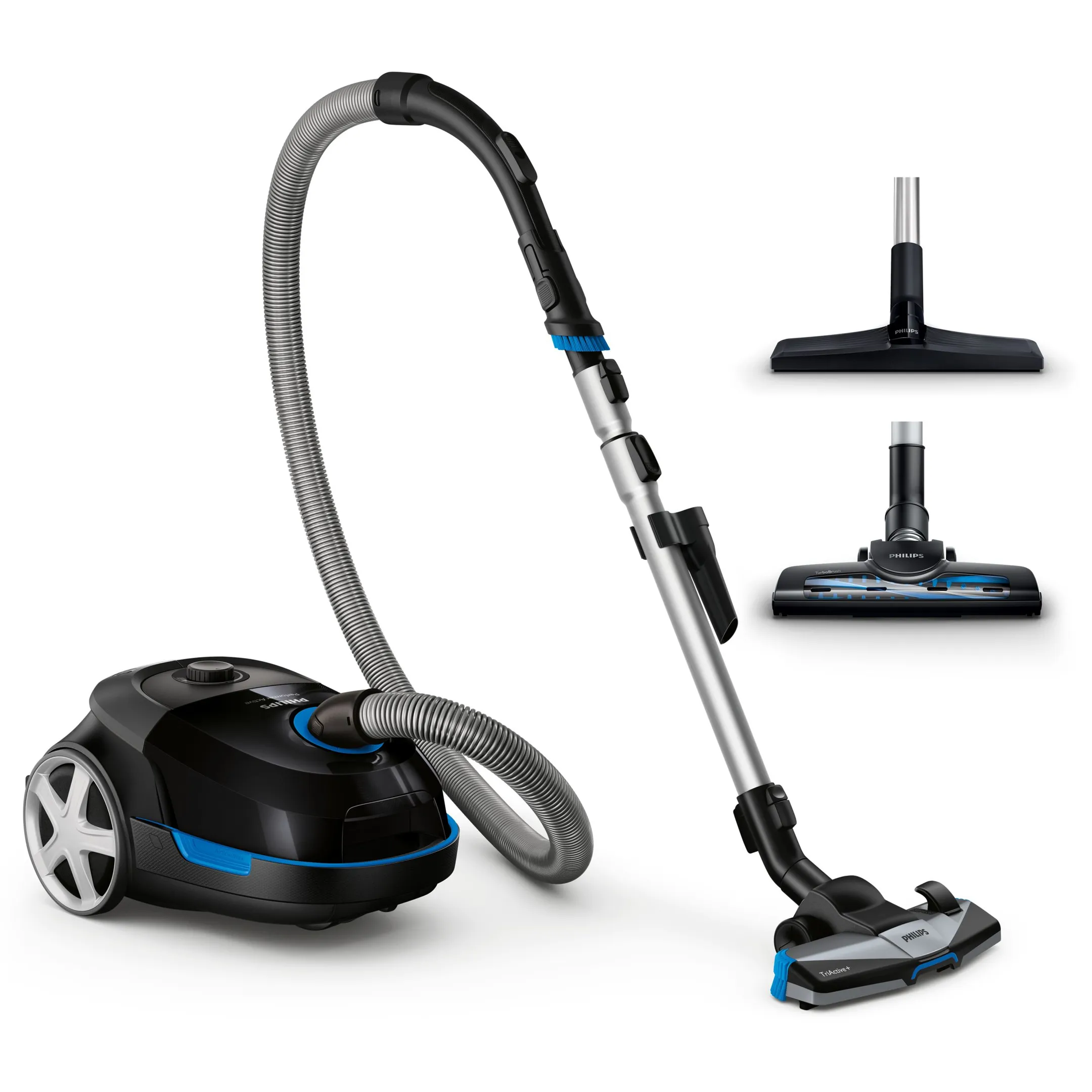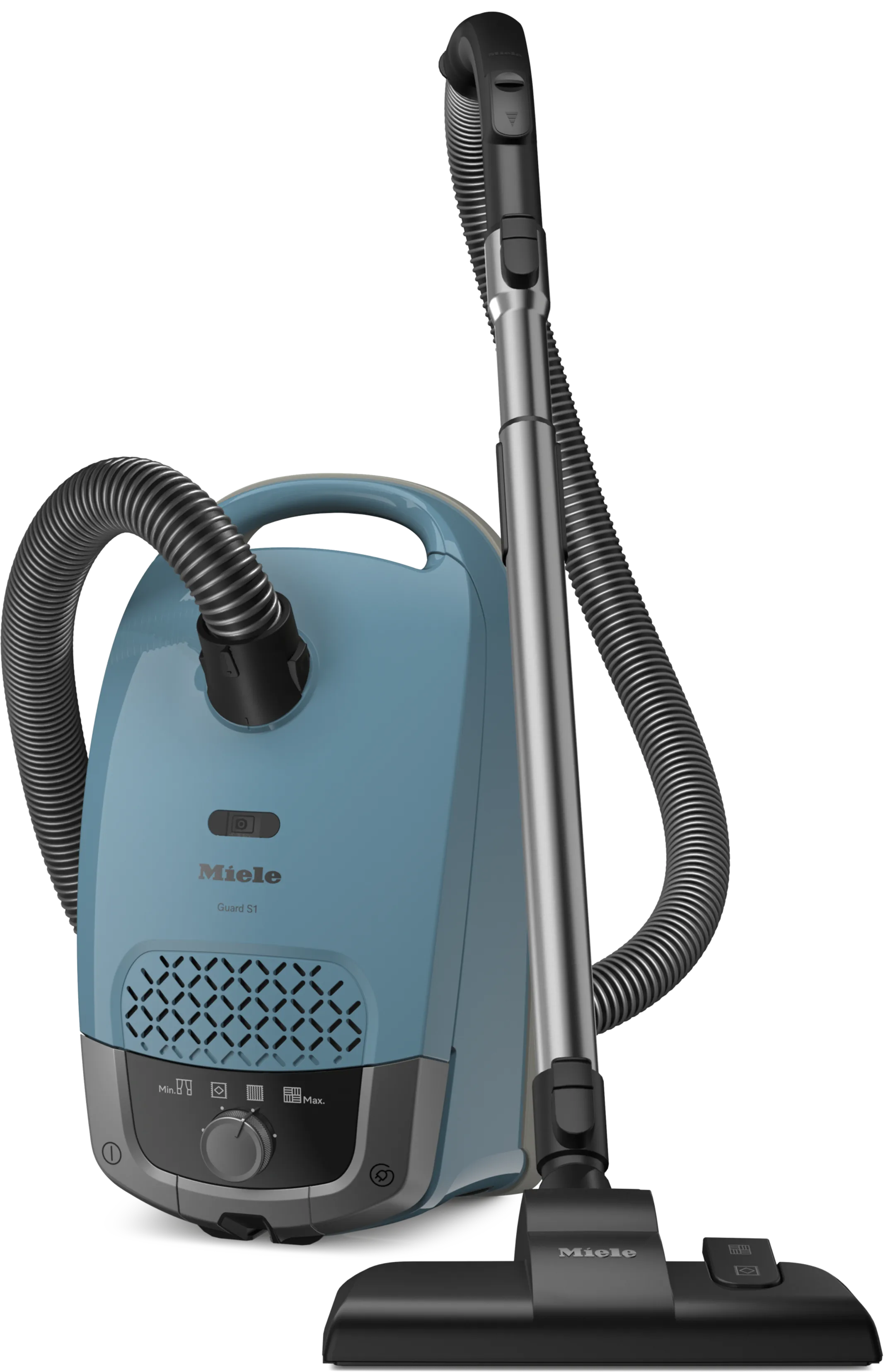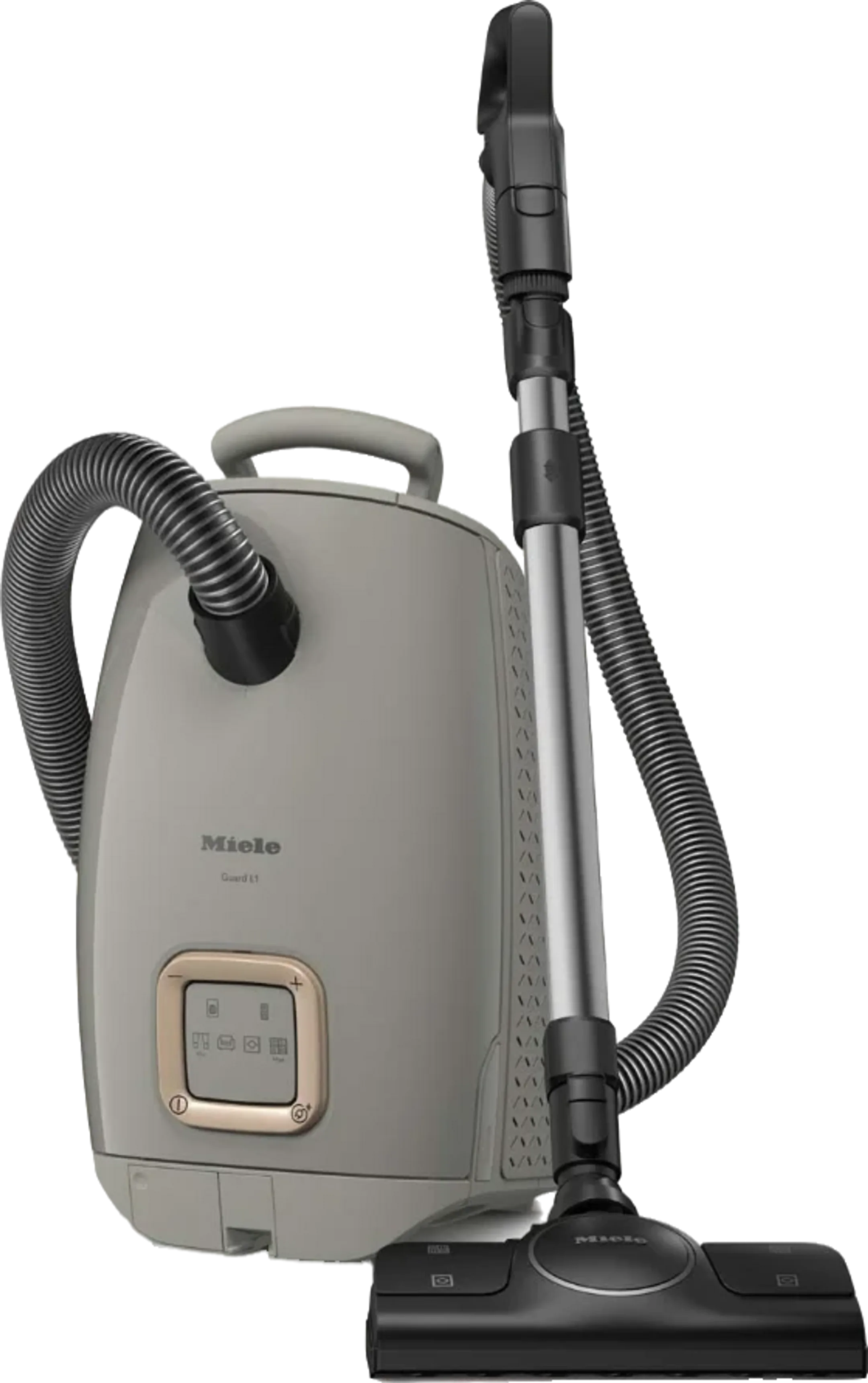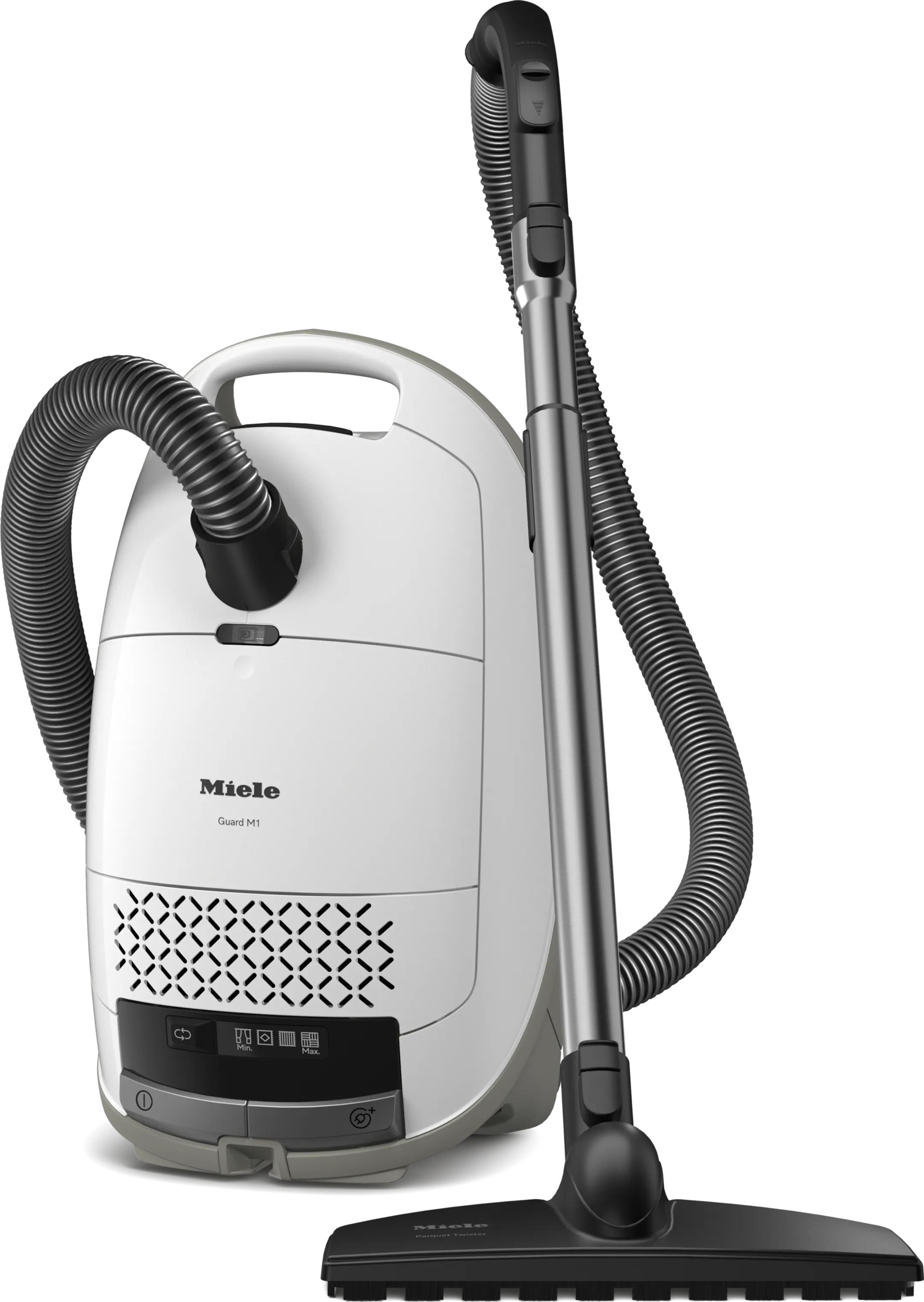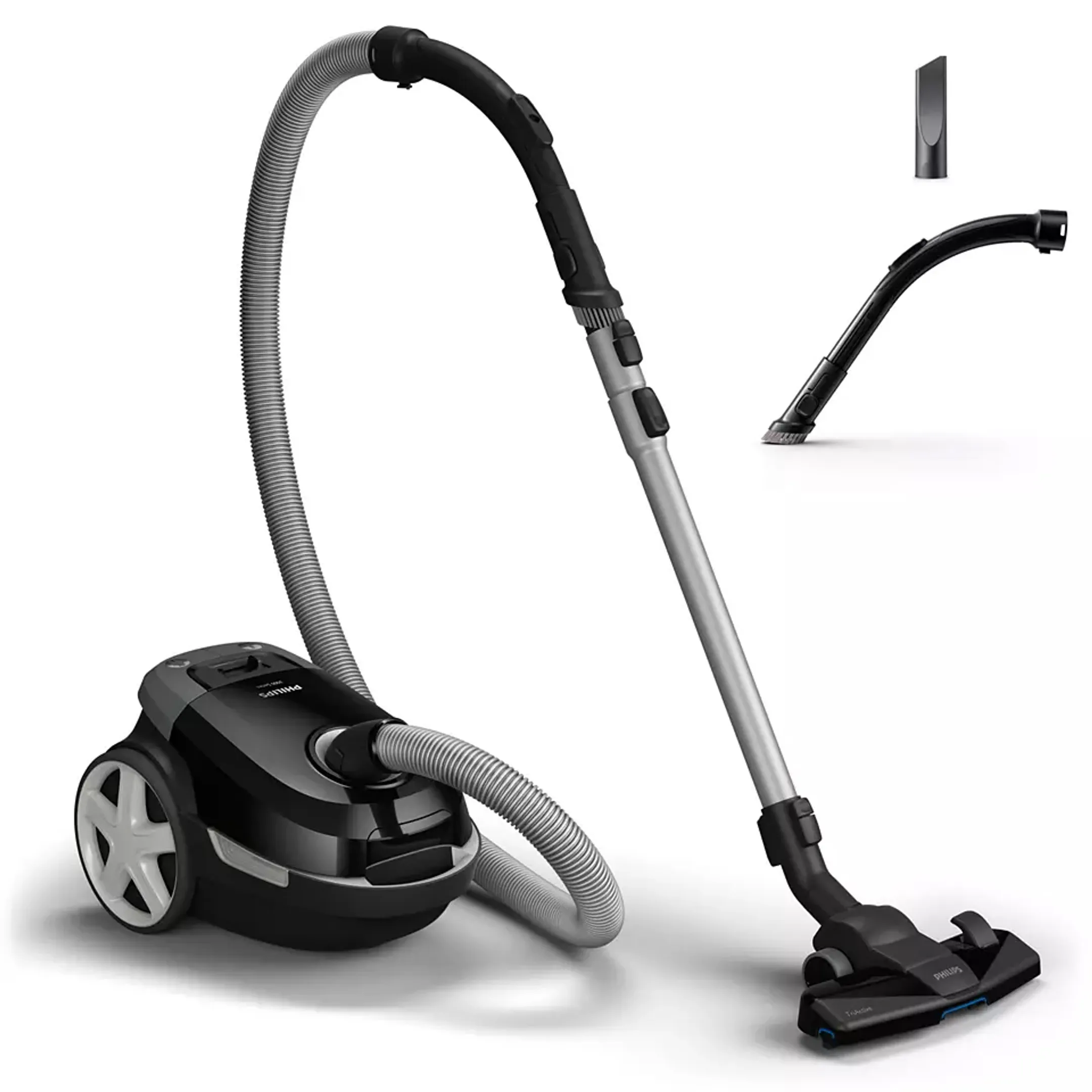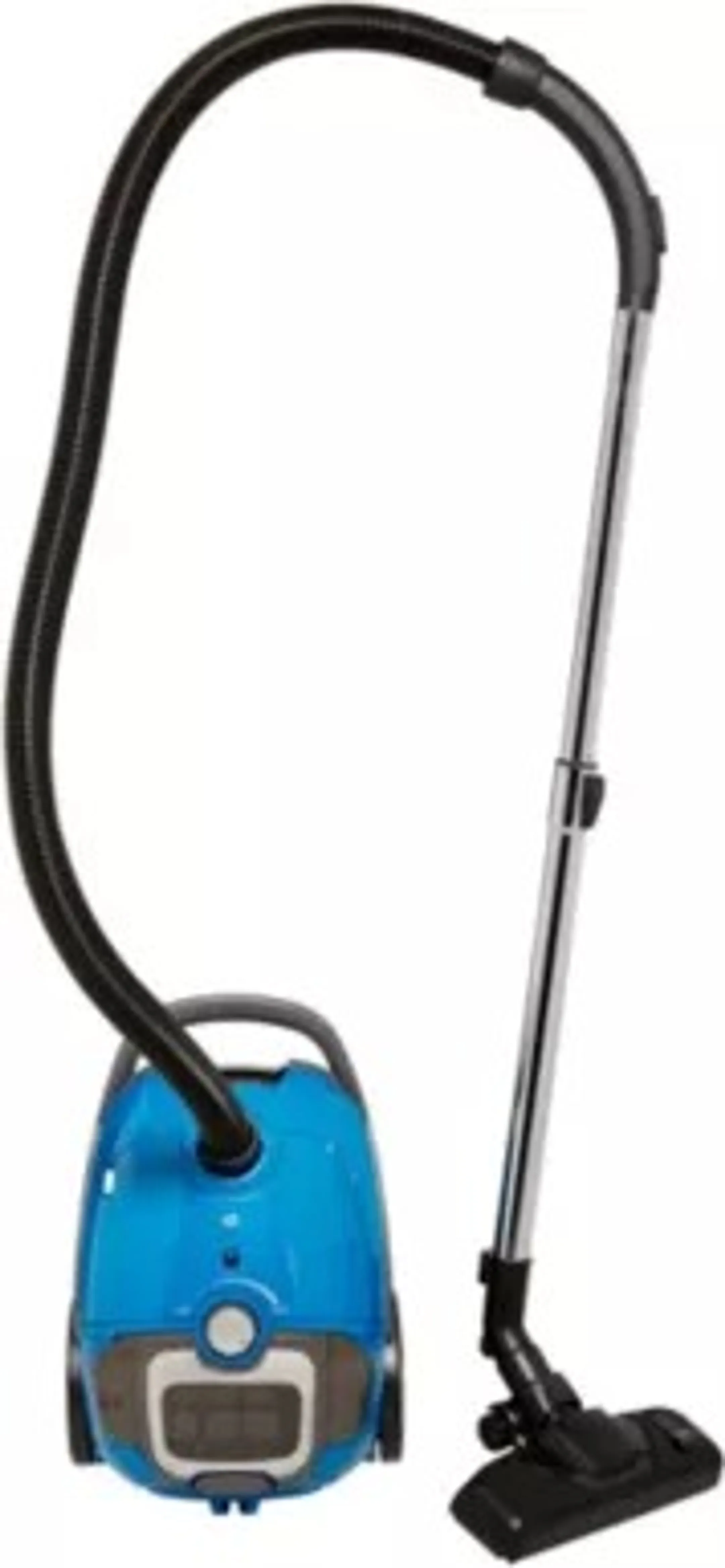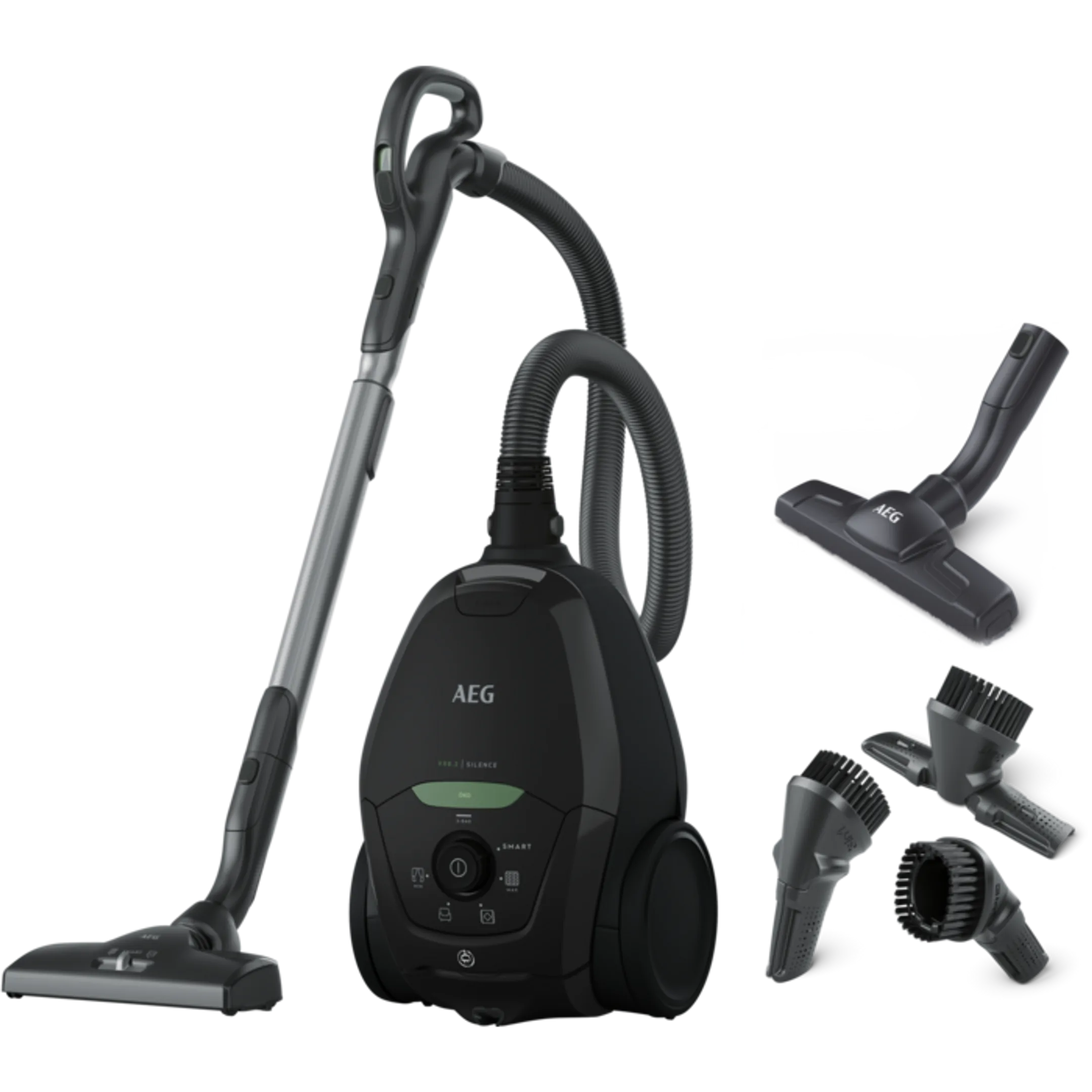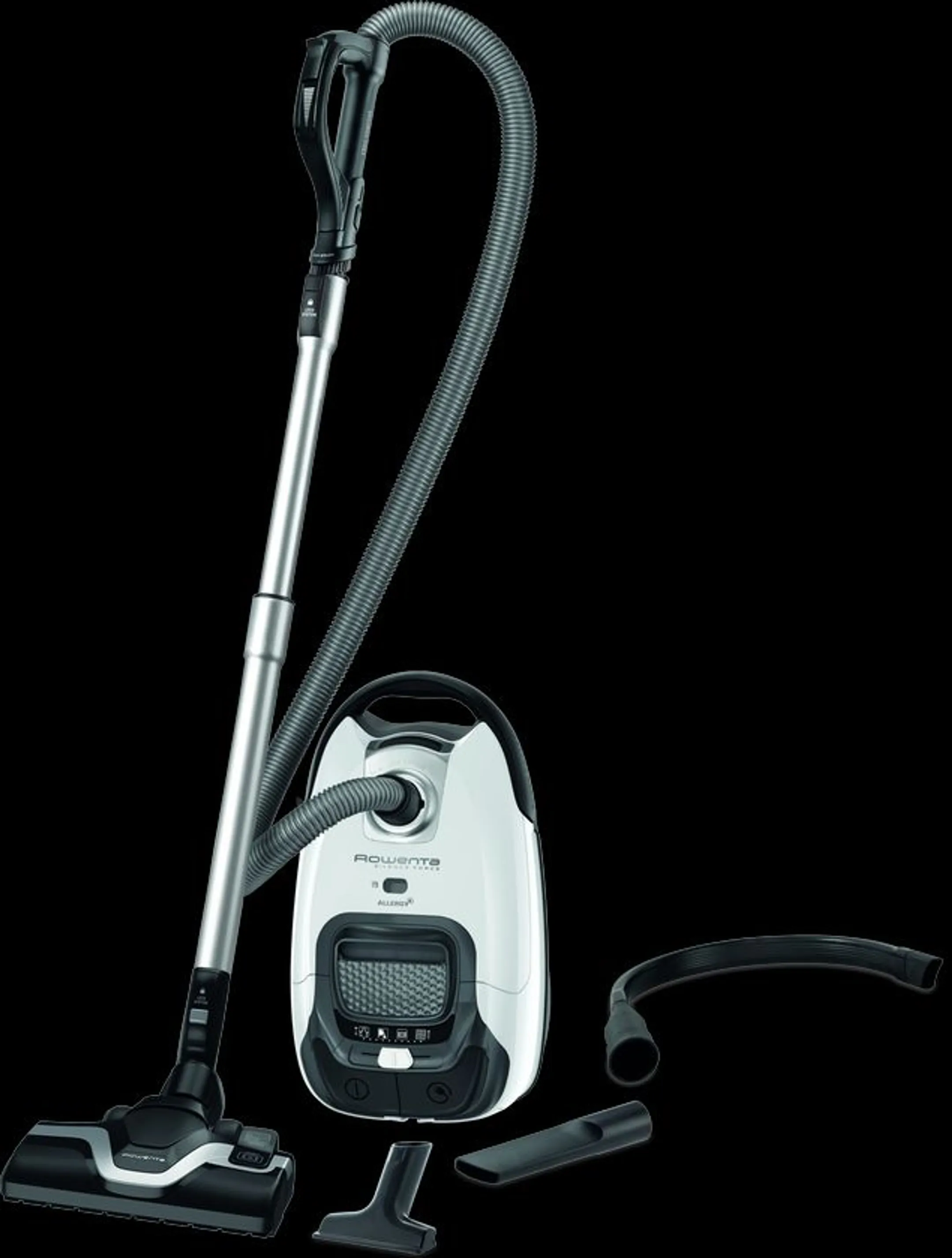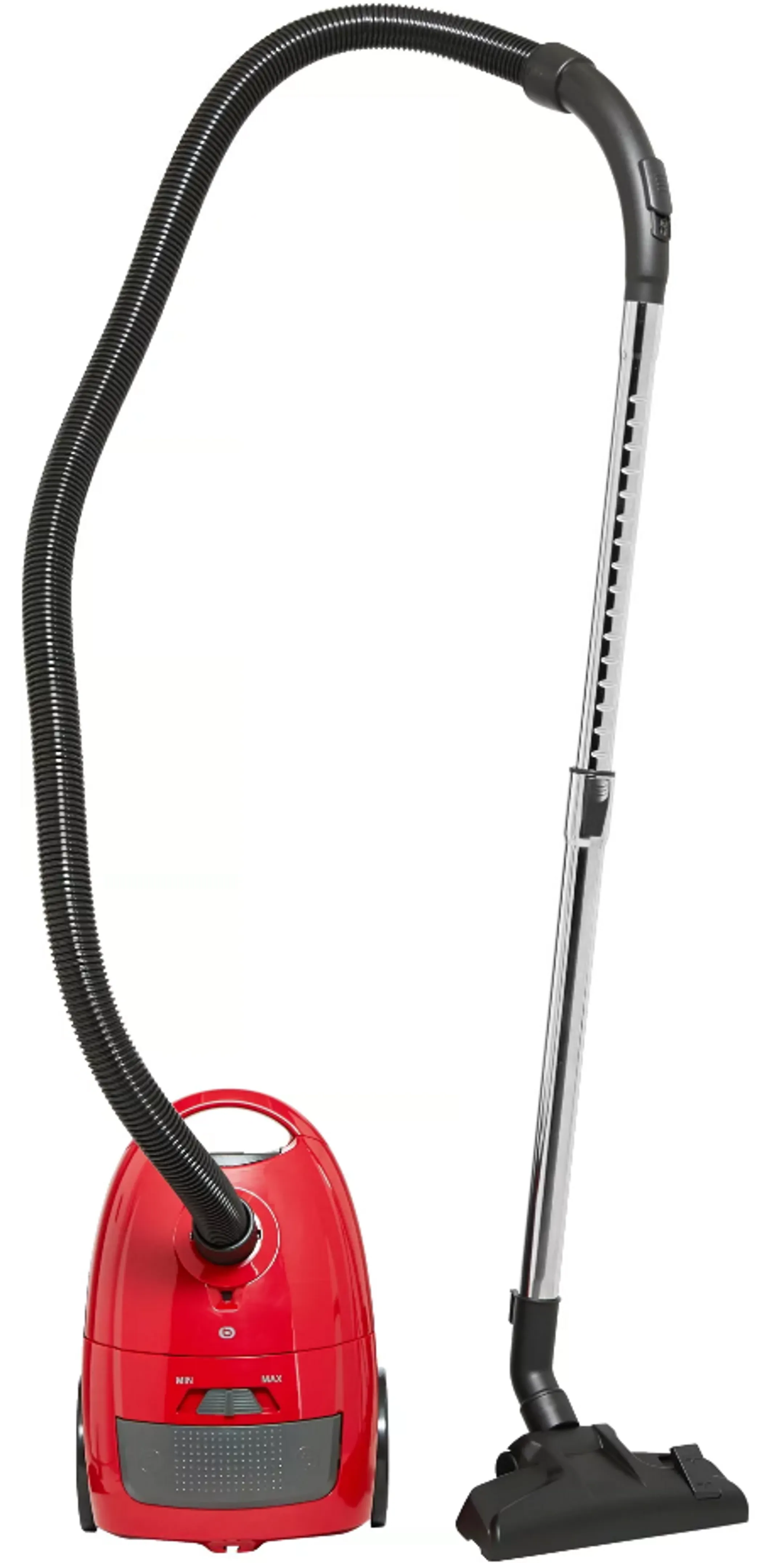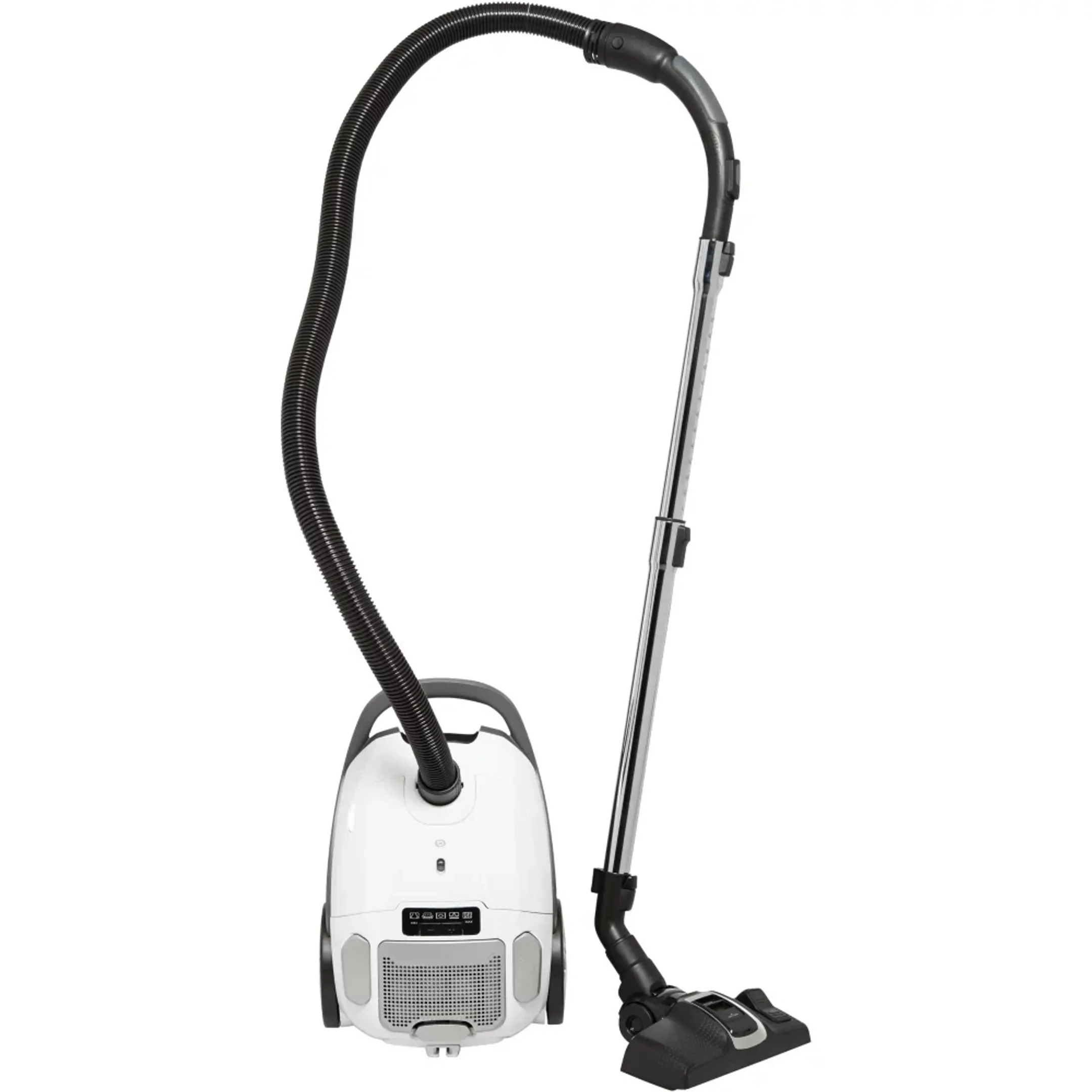Bagged or Bagless Vacuum? Make the Right Choice
Whether replacing an old vacuum cleaner or buying your first one, the same question always arises: should you choose a bagged or a bagless model? This decision is far from trivial—it will affect your daily life for years. With over 2.5 million vacuum cleaners sold each year in France, making the right choice is essential to avoid future regrets.
As a home appliance expert for over 50 years, HiFi Luxembourg shares with you the real decision-making criteria to help you choose the vacuum cleaner best suited to your needs. Forget the simplistic marketing claims—this in-depth guide gets to the heart of the strengths and weaknesses of each technology.

Bagged vacuums: the trusted traditional choice
Operation: simplicity and efficiency
The bagged vacuum cleaner works on a simple, proven principle: dust-laden air is sucked through a bag that traps particles. Once full, the bag is simply replaced. This traditional technology remains popular for good reason.
Undeniable advantages
1. Optimal hygiene during maintenance
The main advantage of bagged vacuums lies in their hygienic maintenance. When replacing the bag, you never come into direct contact with the dust or allergens. The bag is removed with a simple gesture and thrown away, without a dust cloud. For allergy or asthma sufferers, this is often a decisive factor.
2. Generally superior filtration
Modern bagged vacuum models often feature highly effective multi-layer filtration. The bag itself acts as a first filter level, supported by additional filters. The result: cleaner air output, with fine particle retention rates up to 99.99% on high-end models.
3. Minimal maintenance
Replacing the bag every 2 to 3 months (depending on use) is usually sufficient. No need to clean a dust bin or wash filters weekly. For those seeking simplicity, that’s a major plus.
4. Quieter operation
On average, bagged vacuum cleaners are 3 to 5 decibels quieter than their bagless counterparts. The bag absorbs some of the noise and vibration, making use more pleasant.
Drawbacks to consider
Among the downsides of bagged vacuum cleaners are the recurring bag costs, averaging €30 to €60 annually (a 4 to 8 bag pack costs €10 to €25), totaling €240 to €480 over the appliance's lifespan. There's also a gradual loss of suction as the bag fills, a phenomenon reduced by recent tech but still noticeable at the end of the cycle. Lastly, the environmental impact should be considered: manufacturing and discarding bags creates waste, though some brands now offer biodegradable or partially recyclable options.

Bagless vacuums: the modern revolution
Operation: cyclonic technology
Bagless vacuum cleaners were popularized by James Dyson, a British engineer who also invented the concept. This innovation led to the creation of the first bagless vacuum: the G-Force, first released in Japan in 1986 and later launched in Europe under the Dyson brand in the early 1990s.
Since then, many manufacturers have adopted and improved this technology, which now powers a wide range of stick vacuums, canisters, and handhelds.
Bagless vacuums primarily use cyclonic technology: fast-moving air creates a centrifugal force that separates dust from the air. Particles are flung against the sides of the container and fall to the bottom, while the filtered air is released.
The benefits that appeal
1. Long-term savings
No consumables mean hundreds of euros saved over the vacuum's lifetime. Only filters may need replacing every 1–2 years, and at a much lower cost than bags.
2. Consistent suction power
Cyclonic technology maintains steady suction, even as the bin fills. Performance remains strong until the bin reaches full capacity.
3. Visual control of bin level
The transparent collector lets you instantly see when it's time to empty it—no surprises. Watching the collected debris can be oddly satisfying (or shocking!).
4. Lower environmental impact
With no bags to throw away, these vacuums generate less waste—a major plus for eco-conscious users.
Disadvantages to consider

How to choose based on your profile
You have allergies or asthma
Recommendation: Choose a bagged vacuum cleaner with a certified HEPA filter (H13 class or higher). Why? The bag + HEPA combo ensures top allergen retention, and changing the bag limits exposure to dust. If you prefer a bagless model, go for a premium one with hygienic bin emptying and certified HEPA filtration.
You are on a tight budget
Recommendation: A mid-range bagless vacuum (€150–200) offers the best long-term value. Why? It has a moderate upfront cost and no ongoing consumables. Just avoid low-end models that may be too fragile.
You want absolute simplicity
Recommendation: A good-quality bagged vacuum will make life easier. Why? Only occasional bag replacement is needed—unlike bagless models, which require frequent cleaning of the bin and filters.
You have pets
Recommendation: A bagless vacuum with advanced cyclonic technology and a pet hair brush. Why? Pet hair fills up bags quickly and reduces performance. Cyclonic models maintain stronger suction for this specific challenge.
You are sensitive to noise
Recommendation: Choose a bagged vacuum labeled “quiet” (under 70 dB). Why? Bagged models naturally offer better sound insulation. Some manufacturers now offer ultra-quiet models specifically designed for low noise levels.
The choice between a bagged or bagless vacuum cleaner ultimately depends on your personal priorities. If hygiene and ease of maintenance are essential, a bagged vacuum remains a reliable choice. On the other hand, if you're looking for long-term savings and consistent performance without consumables, a bagless model might be a better fit. Either way, it’s an important appliance purchase that deserves careful thought.
The key is to invest in a quality model, regardless of the technology you choose. A good bagged vacuum will always outperform a low price bagless one—and vice versa. Take time to compare models based on the criteria in this guide, and feel free to test them in our HiFi Luxembourg stores to assess handling, noise level, and efficiency.
Your vacuum cleaner is one of those appliances you'll use daily for years: spending a few hours researching the right choice is a smart investment in long-term comfort.
Updated on August 12, 2025



